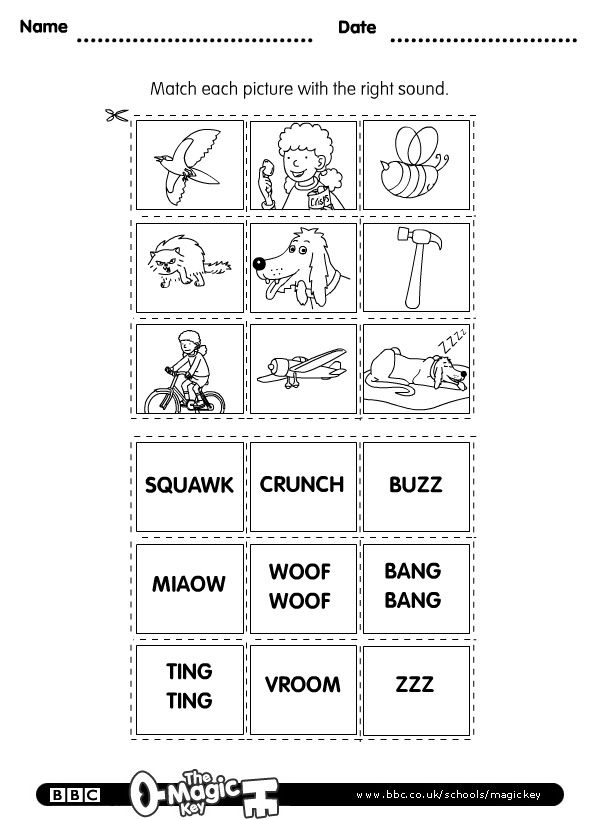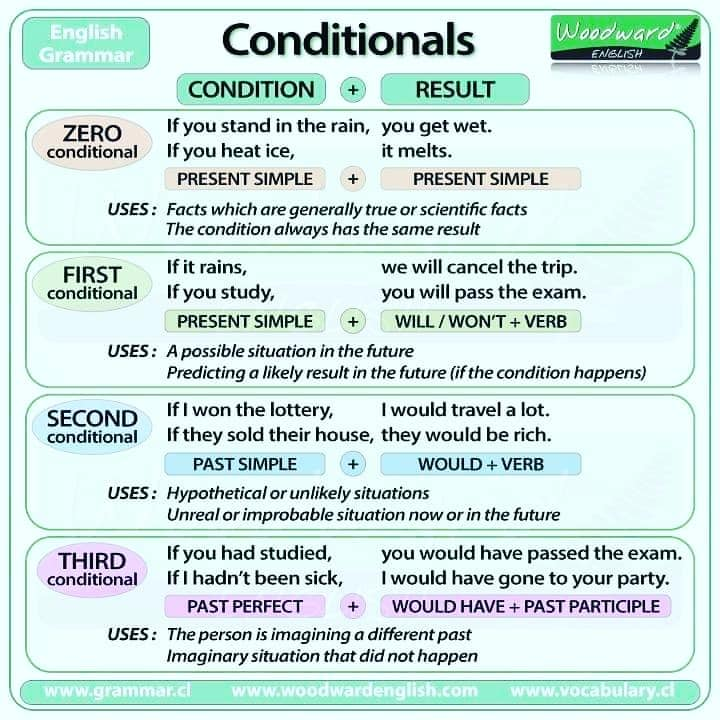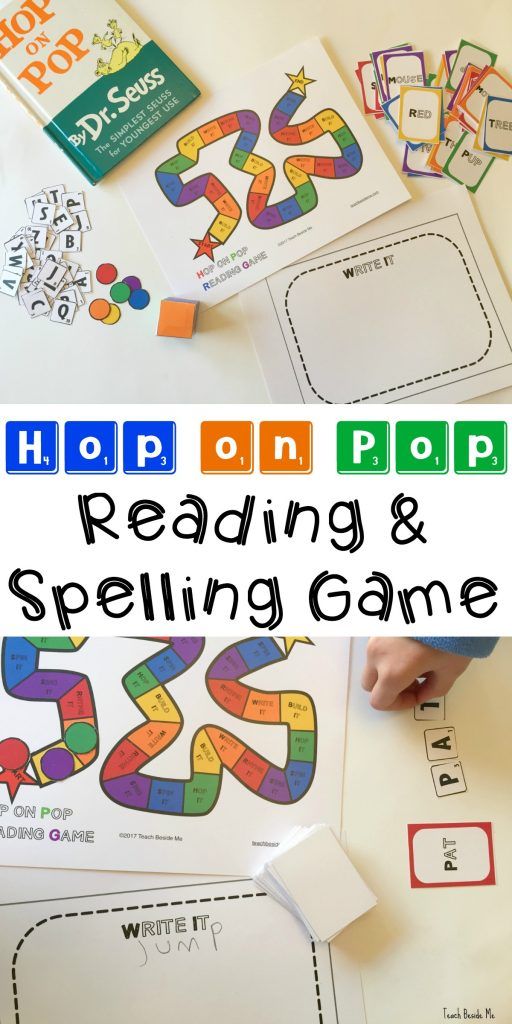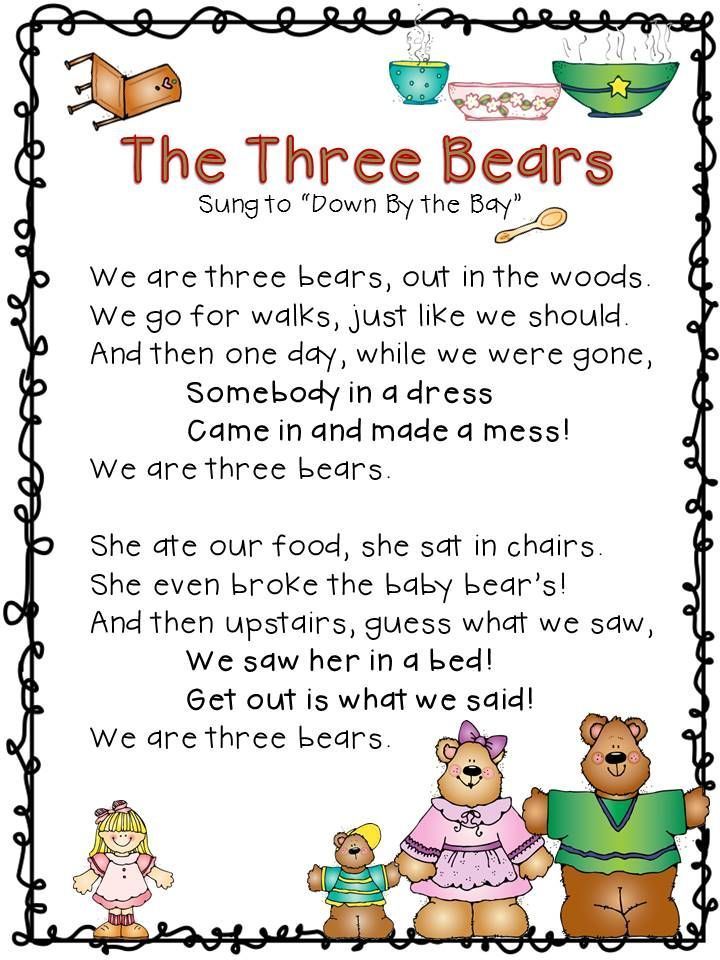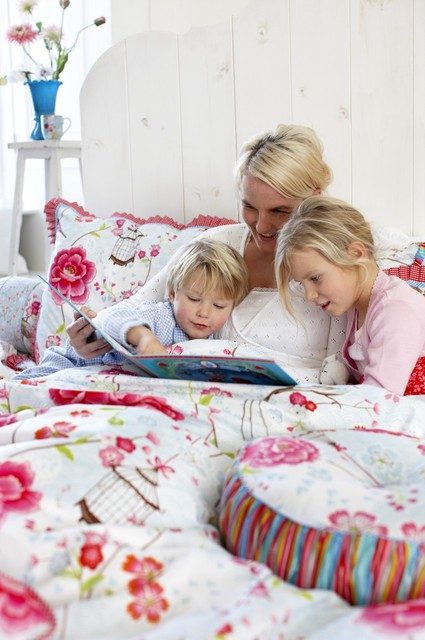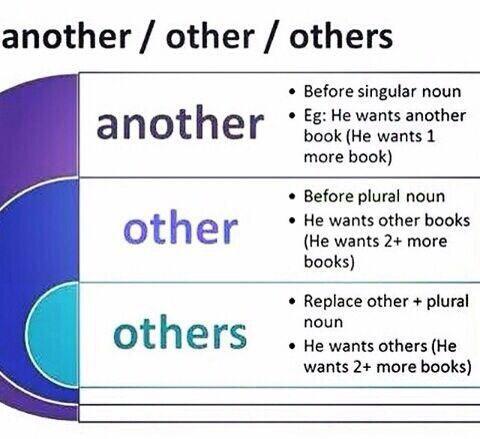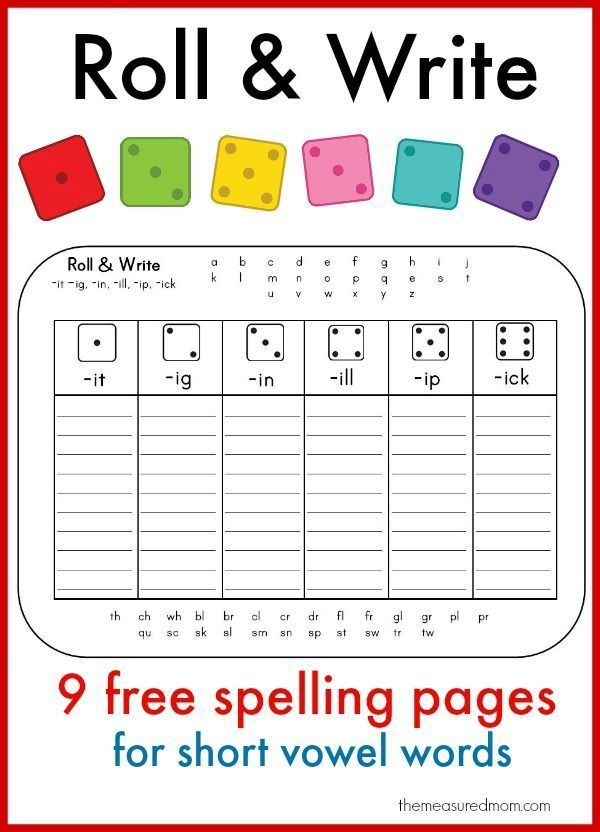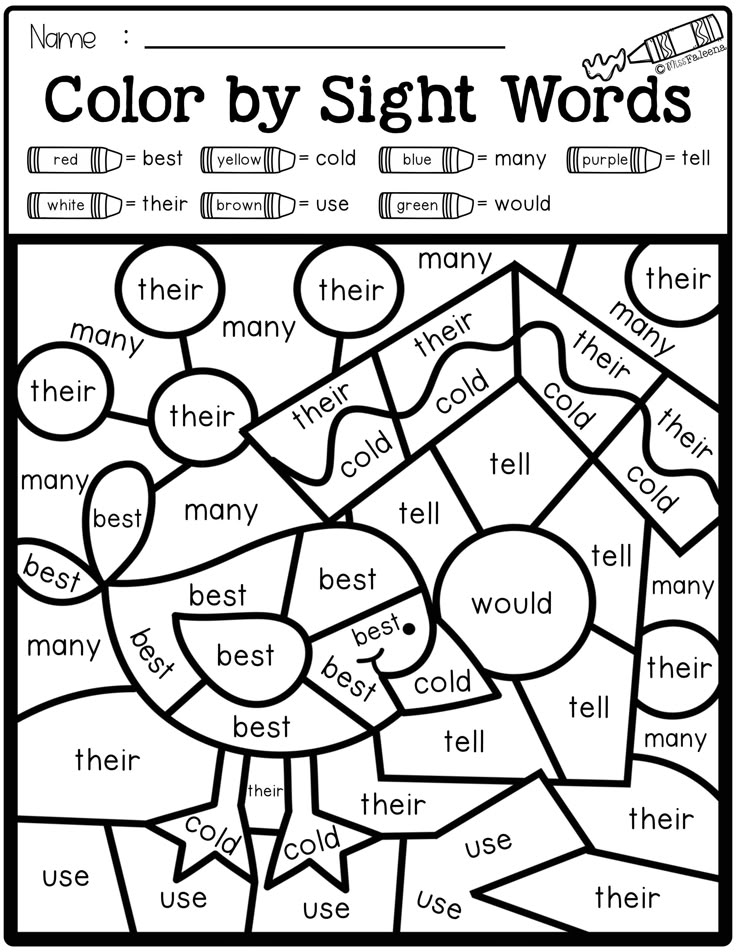High frequency word activities for kindergarten
48 Fun Sight Word Activities That Work
Teachers are always on the hunt for great sight word activities. Sight words are any words readers recognize automatically “by sight”—for fluent readers, that’s almost all words! High-frequency words, the most commonly occurring words in written English like those on the Dolch list, are often thought of as the most crucial sight words.
It’s a myth that blindly memorizing every letter in a sight word is the only way to learn it. The science of reading tells us that linking sounds and letters is the most effective way for kids’ brains to learn any word. Many common words are easy to tackle using beginning phonics skills (like “at,” “can,” “him,” etc.), so staying true to a strong phonics curriculum is one way to support kids’ sight word learning. Even irregularly spelled words have decodable parts, e.g., kids can use the sounds of “s” and “d” to help with “said,” even if the “ai” is unexpected. Experts often call these words “heart words” to call out for kids that they should learn the unexpected word parts “by heart.
” (If all this is unfamiliar to you, it can feel overwhelming, but you’ve got this! Check out teaching guru Jillian Starr’s explanation for more help.)
Check out these low-prep and engaging sight word activities for both teaching and practicing words.
1. Map it and drive it
This is a genius way to introduce words with appealing materials: Say the word, represent each sound with a LEGO brick, write letters for each sound, and “drive” to read it.
Source: @droppinknowledgewithheidi
2. Smush play dough for each sound
Set up a routine that works for any word. Play dough squishing for each sound is the ultimate multi-sensory component.
Source: @playdough3plato
3. Map words with a magnet wand
It is so super-satisfying to drag those magnetic dots around! Watch the video below for lots of tips on introducing a word using this process.
Source: @warriorsforliteracy
4. Make a mini book
Lots of handy info in one place for your little learners.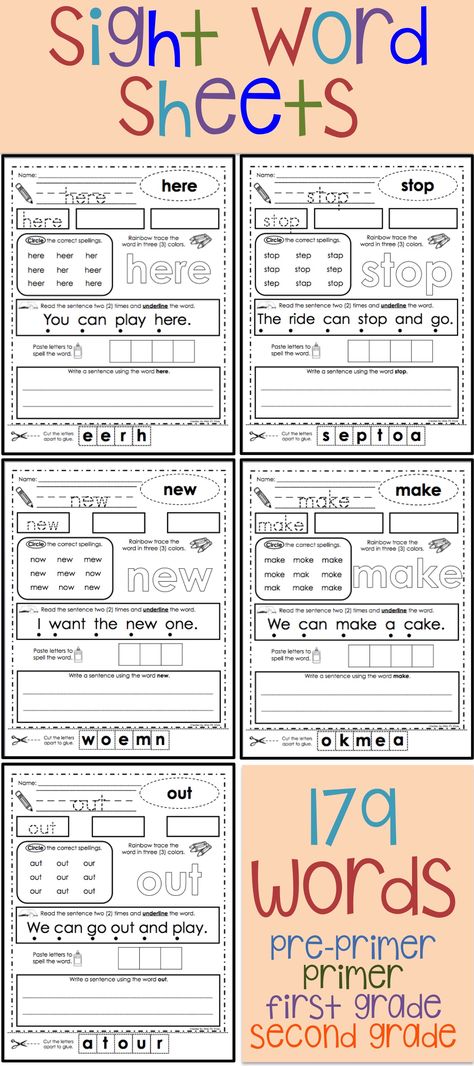
Source: @hughesheartforfirst
5. Tap it, pop it, learn it!
Hardwire those words in kids’ brains with this comprehensive word intro routine. (You had us with the pop its!)
Source: @hellojenjones
6. Find and swat words
An oldie but such a goodie. Find a word in an array and WHACK! Swat it with a fly swatter!
Source: @kids_play_learn_laugh
7. Flip word pancakes
Serve up sight word pancakes while practicing spelling them aloud.
Source: @bee_happy_teaching
8. Wear heart word bracelets
Make kids feel like sight word VIPs.
Source: @teachingmoore
9. Search for sight word balls
Write sight words on ball pit balls with a chalk marker or dry-erase marker. Kids can race around hunting for balls to read and toss in a basket, or hunt through a big tub of balls for a certain word.
Source: @preschoolforyou
10. Start a sight word band
Loud but oh-so-fun! Feel the rhythm while tapping and reading sight words stuck to homemade percussion instruments.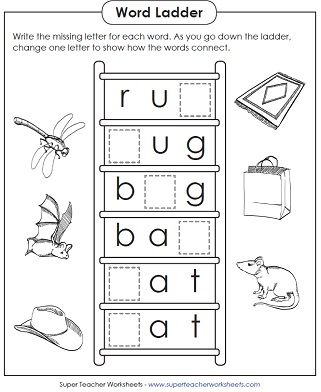
Source: @earlyyears_withmrsg
11. Drive on a sight word path
This is one of many fun ways to use magnetic tiles for learning! Kids love “knocking down” word tiles with a toy car as they read each one.
Source: @travisntyler
12. Use sticky notes to inspire sight word sentences
Have kids stick words on items that give them ideas for sentences. “My Mom said to wear a helmet!” = so good!
Source: @kinneypodlearning
13. Write words on a sensory bag
So easy: Fill a zip-top bag with a small amount of kid-safe paint, seal well, and have kids practice “writing” sight words with their finger or a cotton swab.
Source: @makeitmultisensory
14. Wear a sight word crown
Wear your word proudly and practice reading others’ words. Fun in person or virtually.
Source: @mrsjonescreationstation
15. Play a magnetic-tile board game
We love new ideas for ways to use magnetic tiles for sight word activities.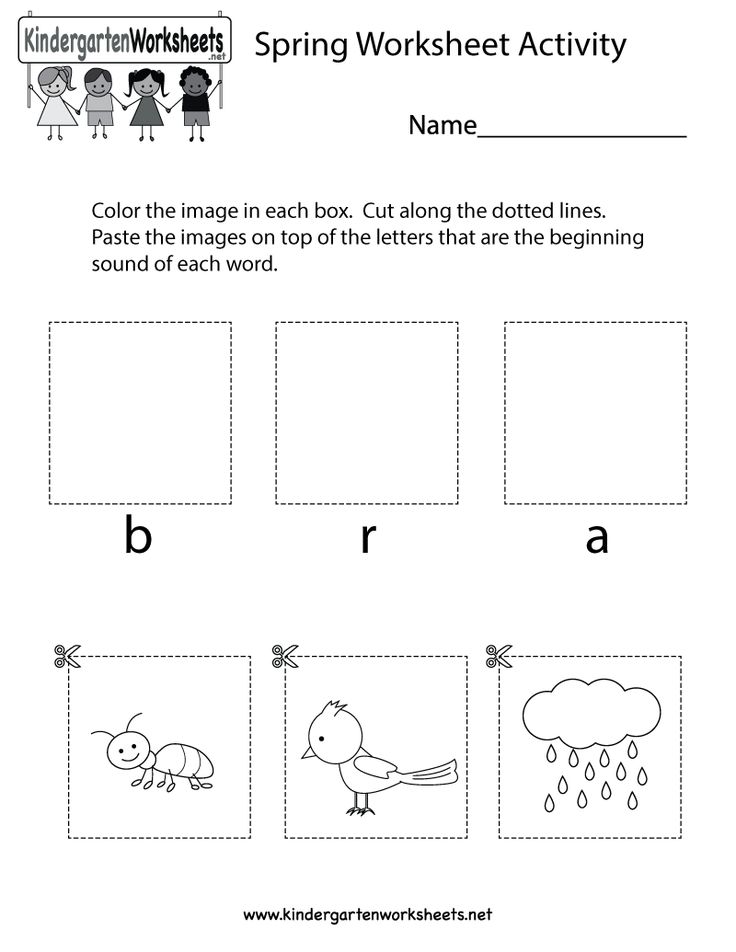 Easy to set up and fun to play.
Easy to set up and fun to play.
Source: @twotolove_bairantwins
16. Spell words to a familiar tune
Get sight words stuck in everyone’s head, in a good way. We’d add a line for chanting the sounds in the word!
Source: @saysbre
17. Feed a word monster
Nom, nom, nom.
Source: @ecplayandlearn
18. Search for the pom-pom under sight word cups
Read all the words as you try to find the cup that hides the prize.
Source: @la.la.learning
19. Play sight word KABOOM
This classroom classic is perfect for sight words. If you need a refresher on the rules, Jillian Starr covers them.
Source: @essentiallykinder
20. Roll and write words
Roll, write, repeat.
Source: @mylittlepandamonium
21. Write words with rainbow colors
Bonus points for aromatic markers.
Source: @mylittlepandamonium
22. Trace words with flashlights
Stock up on batteries because kids never get tired of this!
Source: @giggleswithgerg
23.
 Find words in plastic eggs
Find words in plastic eggsGive kids a checklist of words to find as they open each egg.
Source: @blooming_tots1
24. Spy words around the classroom
Just add a magnifying glass and clipboard to make kids feel like supersleuths!
Source: @readingcorneronline
25. Find words in the morning message
Don’t forget about old standbys! This is one of our favorite ways to get kids to recognize sight words in connected text.
Source: @tales_of_a_kinder_classroom
26. Build words with bricks
Such a great use of extra building bricks!
Source: @raysinkinder
27. Write words in sand
Easy-peasy to set up and keep neat if you use plastic pencil boxes.
Source: @teacherhacks
28. Spell words on a construction site
Bulldozing over each word to read it is the best part!
Source: @planningplaytime
29. Spell words with toy cars
Drive on over!
Source: @lozlovesprep
30.
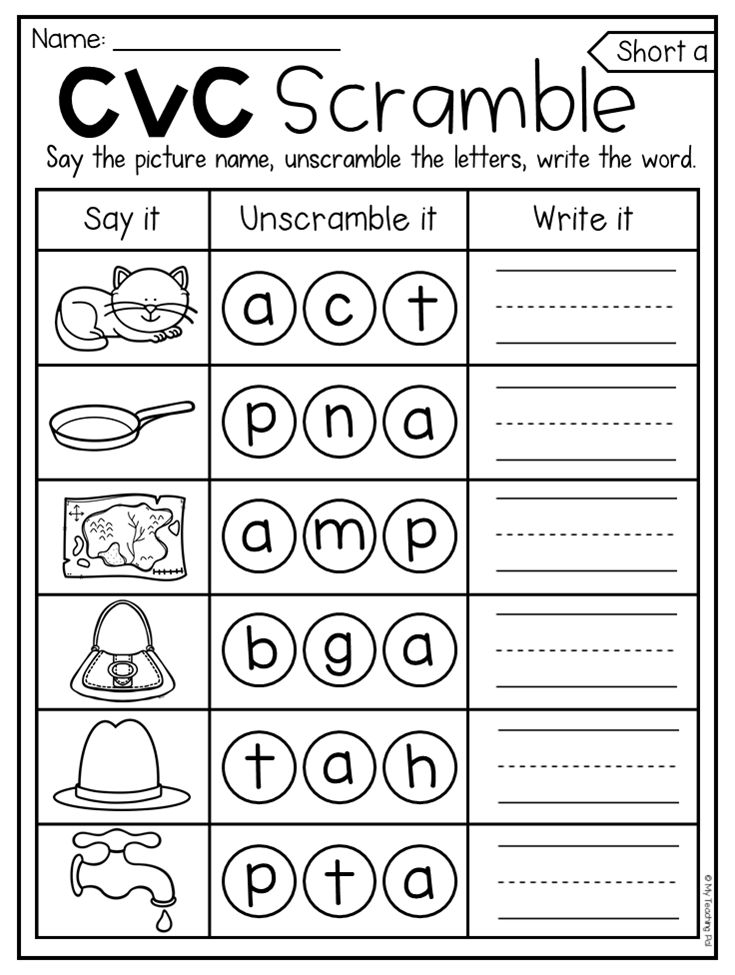 Park in a sight word “parking lot”
Park in a sight word “parking lot”This one is easy to modify based on whatever toys are available in the classroom or at home.
Source: @msbendersclassroom
31. “Plant” words in play dough
Watch those reading skills grow!
Source: @planningplaytime
32. Build words in a sensory tub
Because spelling is just more fun when your hands are covered in beans!
Source: @coffeeandspitup
33. Write words on a magnetic drawing board
That eraser track makes for a perfect word card holder!
Source: @moffattgirls
34. Or write words on the window!
Everyone wants a turn to write on the window!
Source: @kindergarten_matters
35. Shhh! Discover words written in invisible ink
Write words in white crayon and reveal them with watercolors on top!
Source: @teachstarter
36. Dot-paint words with a cotton swab
Calming and effective.
Source: @sightwordactivities
37.
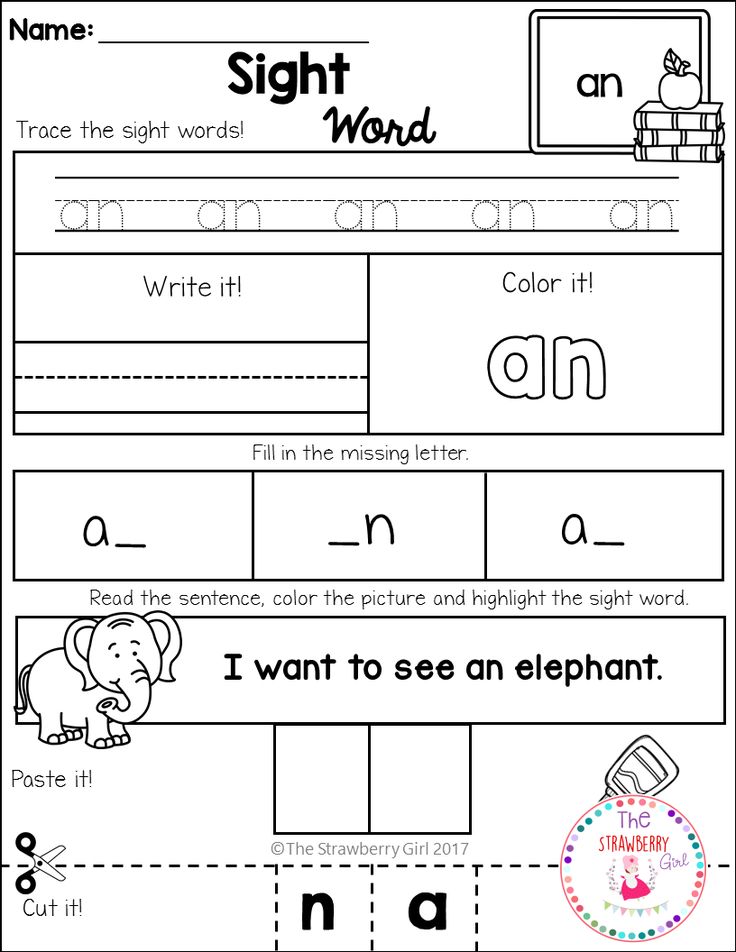 “Type” words on a keyboard
“Type” words on a keyboardBusy day at the sight word office! Use a keyboard cover or any old keyboard.
Source: @lifebetweensummers
38. Read words before heading through the door
The line leader can double as the word pointer during transitions.
Source: @ms.rowekinder
39. Read the word the teacher’s wearing!
Wait, is there something on my shirt?
Source: @theprimarypartner
40. Take a sight word cakewalk
Choose a winning word when the music stops!
Source: @joyfulinkinder
41. Play sight word hopscotch
If you can’t get outdoors, tape on the floor works just as well.
Source: @wheretheliteracygrows
42. Play tic-tac-toe
I’ll be team “the.”
Source: @create_n_teach
43. Go sight word bowling
No bowling pins? Use half-filled plastic water bottles instead.
Source: @thecreativeteacher_
44. Ready, aim, read
Just throw a beanbag at a word target if foam darts are a no-go.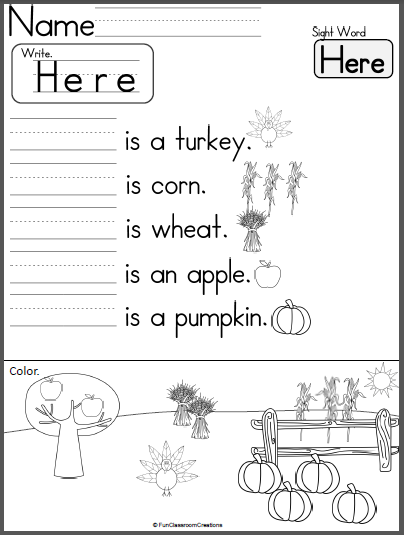
Source: @laurens_lil_learners
45. Play muffin tin ball toss
Toss and read. It’s easy to use colored muffin cups to prep different sets of words.
Source: @homeschooling_fun_with_lynda
46. DIY sentence flash cards
Authentic use of words in context for the win.
Source: @teachertipsandtales
47. Play sight word checkers
King me! If kids don’t have a partner available, they can “play” with a stuffed animal and get double practice.
Source: @sightwordactivities
48. Play sight word Guess Who?
Set up this game once and use it forever.
Source: @lessons_and_lattes
We’d love to hear—what are your favorite sight word activities? Share in the comments below.
Want more articles like this? Be sure to sign up for our newsletters.
Plus, what are sight words?
5 Hands-On Sight Word Activities for Kindergarten
Learning letter sounds, how to blend and segment words, and various phonics skills are foundational for early reading. However, there are just some words that can’t be sounded out. Sight words are commonly used words that young readers are taught to memorize. Since these words are used in high frequency, students are encouraged to recognize them by sight. Hands-on sight word activities merge students’ kinesthetic learning with visual learning.
However, there are just some words that can’t be sounded out. Sight words are commonly used words that young readers are taught to memorize. Since these words are used in high frequency, students are encouraged to recognize them by sight. Hands-on sight word activities merge students’ kinesthetic learning with visual learning.
For many kids, sight words are one of the first steps in learning to read. And what better way to learn sight words than with some fun sight word games that don’t require worksheets?
Learning to read is complicated and intricate, especially for kindergarten students. While learning to read sight words is only one component of reading development, it is a necessary and important component.
What are sight words?
Words like the, of, you, was are all words that need to be memorized and recognized by sight. They cannot be decoded using general phonics patterns.
Some words that we consider sight words are decodable words, but occur frequently.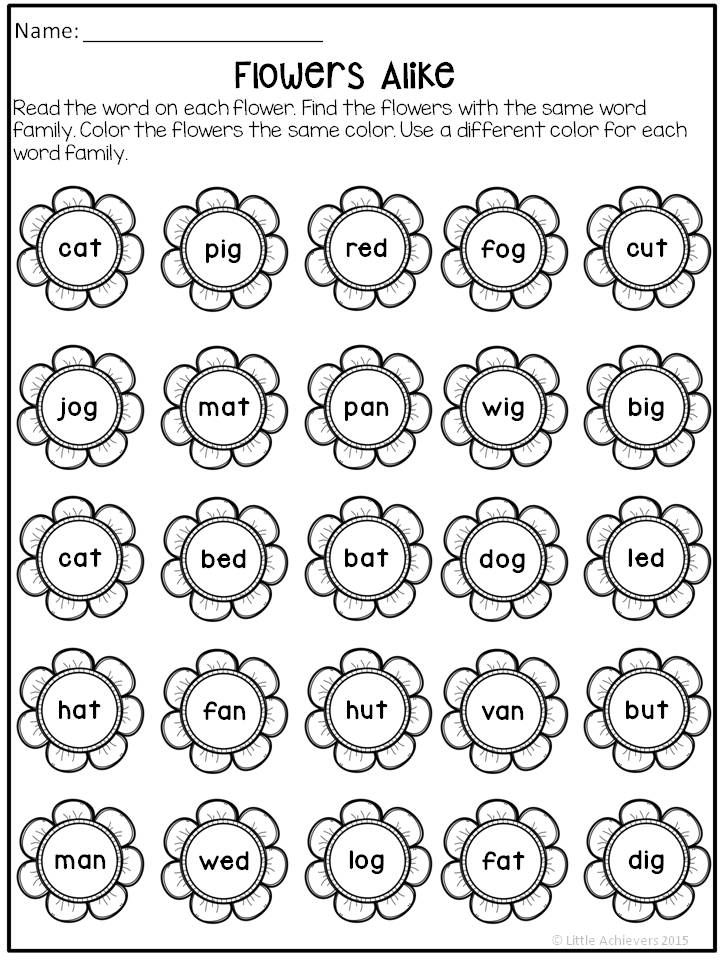 Those are often called high frequency words, although I have found that “sight words” and “high frequency words” are terms that are used interchangeably. Words like, and, that, as, on, in are all decodable words, but are also often taught as sight words.
Those are often called high frequency words, although I have found that “sight words” and “high frequency words” are terms that are used interchangeably. Words like, and, that, as, on, in are all decodable words, but are also often taught as sight words.
Which words should you consider sight words?
Well, there’s a couple of different answers. If your school district is assessing a list of words, consider that your list. If your school or district is not providing a list words, you can find various lists online, including Dolch Lists and Fry’s Lists. While Dolch and Fry’s are some of the more common lists, each reading program seems to develop its own list. Most lists are very similar.
Since it takes students so long to learn sight words, you might consider limiting sight word instruction to words that are common and irregular or not decodable. If you are teaching a phonics-based reading program alongside teaching students to memorize sight words, then they will learn how to decode and, had, last, then, with, not, much, etc.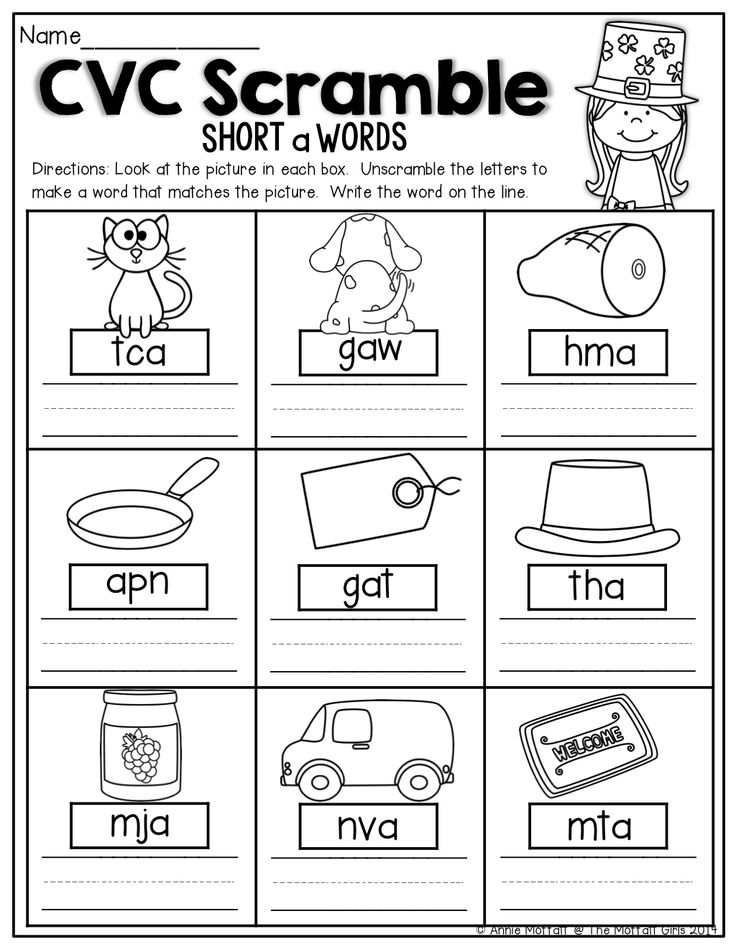 as they progress through the reading program. Don’t waste valuable time on teaching students to memorize decodable words if you don’t have to.
as they progress through the reading program. Don’t waste valuable time on teaching students to memorize decodable words if you don’t have to.
How do Students Learn Sight Words
There are a variety of ways for students to learn sight words. Frequent exposure is the key. You can do a read-spell-read routine whole class and in small groups. Parents can also easily learn to do this routine at home with flash cards.
All students will also benefit from using more hands-on sight word activities during your word work stations.
Here are 5 sight word activities for kindergarteners that help young learners remember high-frequency words while having fun!
1. Block Building Game
Turn a classic block building game, like Jenga, into a way for students to learn their sight words. Start by writing a high-frequency word on each block. Playing the normal Jenga rules, where a player removes a block from the tower and places it on top, have the student who removes the block successfully use the sight word in a sentence before the next player takes their turn. Or for an easier version, have players read and spell the words while moving blocks.
Or for an easier version, have players read and spell the words while moving blocks.
Download the game rules from education.com.
2. Tic-Tac-Toe
Kids love to play Tic-Tac-Toe! Add a twist by having the student read a sight word and use it in a sentence or read and spell it before adding an X or O to the board. Use sight word flashcards.
Try a variation by having students write the words along with an X or O on the board. Check out the templates and rules from sightwords.com.
3. Shaving Cream Sight Words Activities
Sometimes learning is messy! Break out the shaving cream on desks and tables, and have your students write out their sight words with their fingers. Save money on supplies by checking out a local dollar store or buying in bulk at a warehouse club store.
Clean up is easy. Just wipe down the tables and spray clean. One additional benefit is that the shaving cream acts as a soap and cleans up your table top!
A sand or salt box is another great tool to use, but a little less messy than shaving cream. Fill a small box with sand or salt. Using flash cards, have students turn over a card and draw the letters for the word in the box. The feel of the rough sand or salt helps kinesthetic learners memorize the words.
Fill a small box with sand or salt. Using flash cards, have students turn over a card and draw the letters for the word in the box. The feel of the rough sand or salt helps kinesthetic learners memorize the words.
4. Use Manipulatives to Form Letters
For kinesthetic learners, using tangible items to physically form words can be an important way to show what they know! Try using Wikki Stix, playdough, or bendable straws to form words on mats or flat surfaces. Playdough is also a great medium for stamping letters to form sight words.
5. Journaling
Although open journaling or free writing may seem a little advanced for kindergarteners, you’ll be surprised with how much they can write even in the beginning stages.
Give students a list of sight words and have them generate a story with a drawing. Or give students a seasonal topic with words and a few sight words.
Save these in a digital or paper portfolio throughout the year to measure growth. Tools like Seesaw are incredible for keeping portfolios of student work via video and other mediums.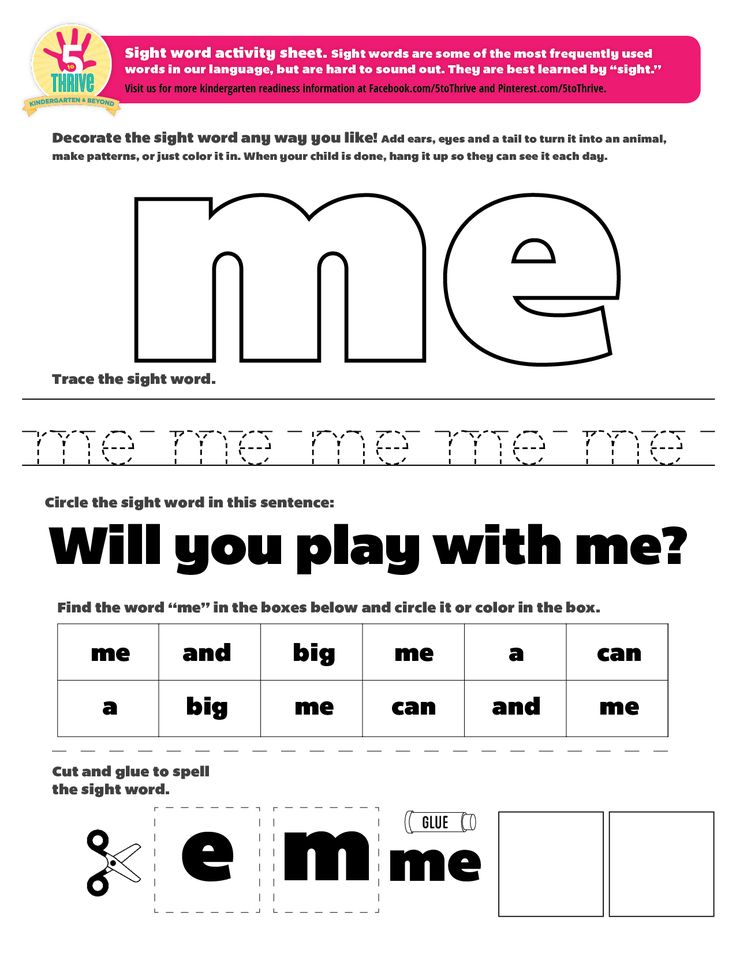
6. Word Ladder Game
This game is perfect for kids who are just starting to learn sight words. To play, choose a simple sight word like “at” or “had.” Then, see how many other words you can make by changing just one letter. For example, starting with “at,” you might get “bat,” “cat,” “hat,” and so on. The player with the most words at the end of the game wins! This is also a great way to focus on word family words, short vowel word families, and rhyming.
To make this game kinesthetic, create hopscotch-like boxes on your classroom floor. Have students move up the ladder as they create new words.
7. Musical Sight Words
This sight word activity is similar to Musical Chairs, but with a sight word twist. To play, write several sight words on slips of paper and put them in a hat or bowl. Then, play some music while everyone walks around the room. When the music stops, everyone must grab a slip of paper.
Once everyone has a word, they must stand up and spell it out loud.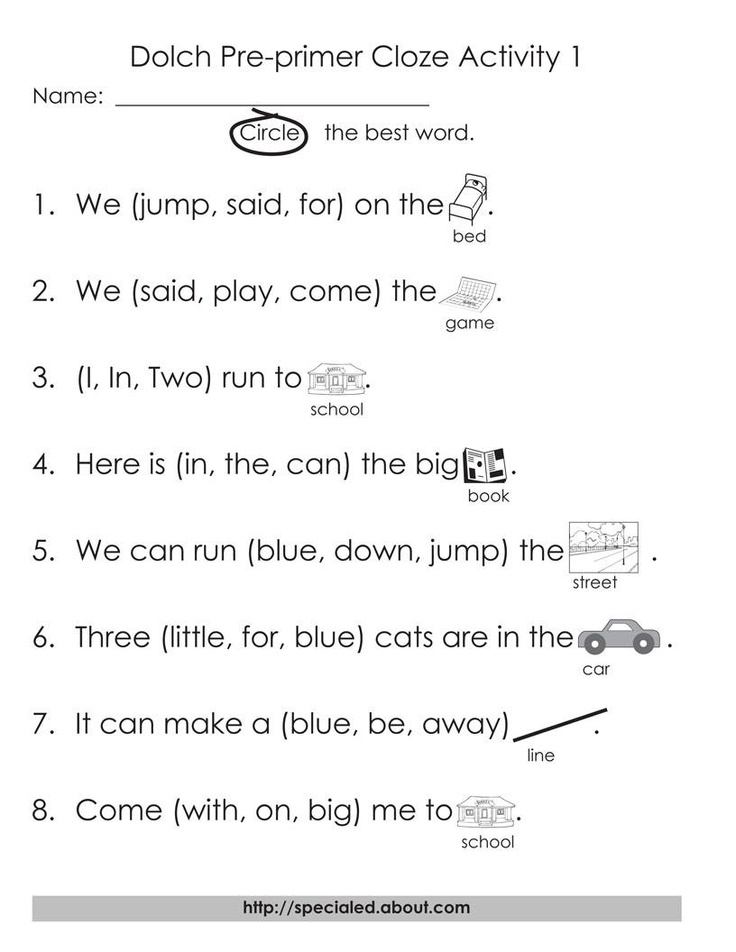 The player who spells their word correctly first gets to stay in the game; the rest are out! The last player standing is the winner.
The player who spells their word correctly first gets to stay in the game; the rest are out! The last player standing is the winner.
Instead of requiring spelling, you can just ask students to read the word. Remove one word each round to eliminate students as you would during a regular musical chairs game.
These 5 7 sight word activities for kindergarteners will help your students learn their first sight words in no time. They are just a few ideas to get you started. With a little creativity, you can come up with all sorts of fun games to help your child learn their sight words.
Do you want some more ideas?
Here are five more additional resources to help teach sight words in your classroom!
- Dolch Sight Word Lists
- Dolch Sight Word Assessment
- Fry Sight Word Lists
- Online Sight Word Games
- Free Sight Word Apps
If you are looking for a tool for parents to use at home, these Sight Word Practice Cards provide small doses of daily practice and a routine for parents to easily implement.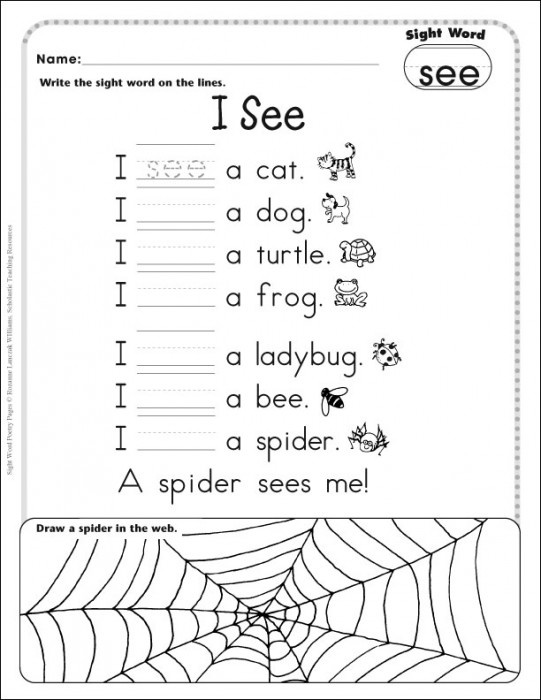
I created these phonics readers to use with my own kindergartener at home. Although they focus on specific word families and phonics patterns, the resource also introduces two new sight words per word family. Sight words are learned and read along with the phonics patterns.
What activities do you use to teach sight words in your classroom? I’d love to hear about them in the comments below!
Are you interested in additional blog posts about teaching early reading? Here are a few more!
Word games and exercises for children in kindergarten, Card file of word games in kindergarten
Playing activities of a preschooler > Games for children round, what is oval?
Game progress: The teacher asks the child to name as many round and oval objects as possible. The child starts the game.
If he cannot name, the teacher starts: “I remembered that an apple is round and a testicle is oval. Now you go on. Remember what shape is a plum, and what is a gooseberry? That's right, the plum is oval, and the gooseberry is round.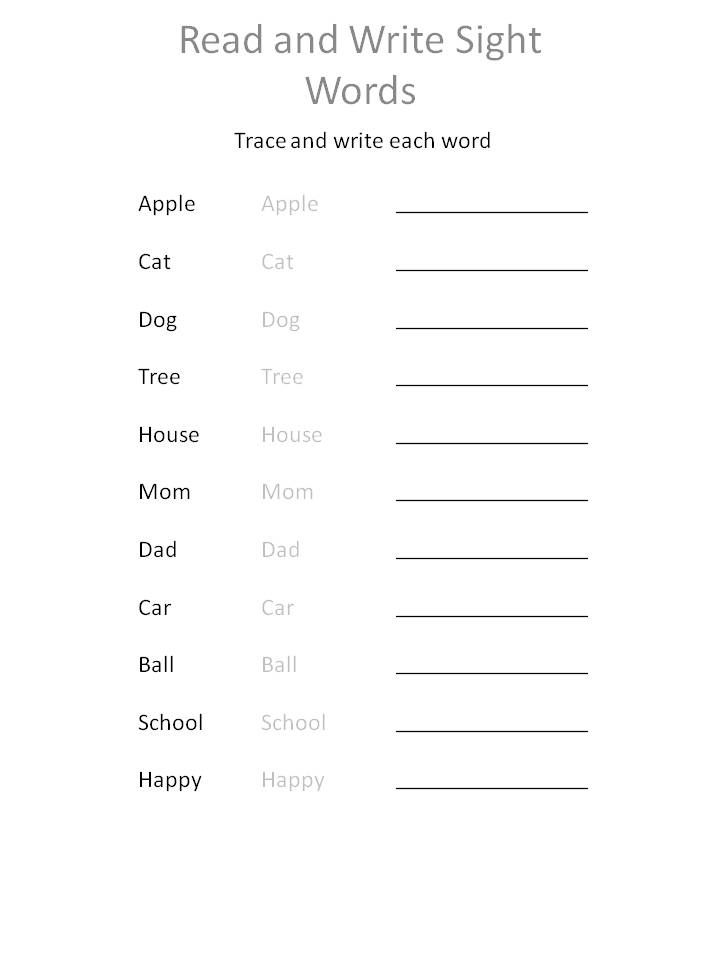 (Helps the child name objects and compare them in shape: ring-fish, hedgehog-ball, cherry-cherry leaf, watermelon-melon, acorn-raspberry, tomato-eggplant, sunflower-seed, zucchini-apple) .
(Helps the child name objects and compare them in shape: ring-fish, hedgehog-ball, cherry-cherry leaf, watermelon-melon, acorn-raspberry, tomato-eggplant, sunflower-seed, zucchini-apple) .
In case of difficulty, the teacher shows the child a set of pictures and together they arrange them into two groups.
“Flies - does not fly”
Game progress: The teacher invites children to quickly name objects when he says the word “flies”, and then name other objects when he says the word “does not fly”.
The teacher says: “Flies”.
Children call: “Crow, plane, butterfly, mosquito, fly, rocket, dove”, etc. Then the teacher says: “Does not fly”. Children call: “Bicycle, chamomile, cup, dog, pencil, kitten”, etc. The game continues: the words “flies”, “does not fly” are called by one of the children, and the teacher names the objects together with the children. The game can be played while walking.
"Edible - inedible"
The game is played by analogy with the previous one.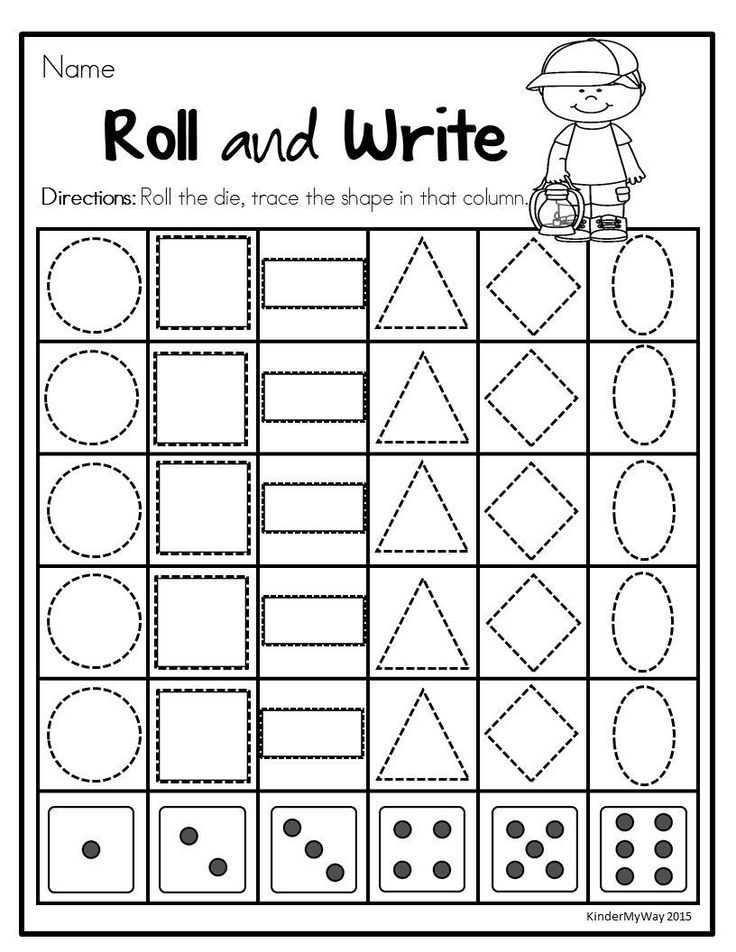
"Alive-non-living"
Game progress: First, we explain that we call all living objects "WHO", and inanimate objects "WHAT". Here are some examples.
Then we play questions and answers. You can use picture books.
What is growing? Who is growing?
Who flies? What flies?
Who swims? What is floating?
Who is the biggest? What is the biggest?
Etc.
“What happens below and what happens above?”
Game progress: The teacher invites the children to think and name something that happens only upstairs.
If the children find it difficult, he prompts: “Let's look up, above us is the sky. Does it happen below? No, it always happens only at the top. And what else happens only at the top? Where are the clouds? (stars, moon) . Now think about what happens only below? Look at the ground. Where does the grass grow? Where does she go?” (plants, ponds, earth, sand, stones, etc.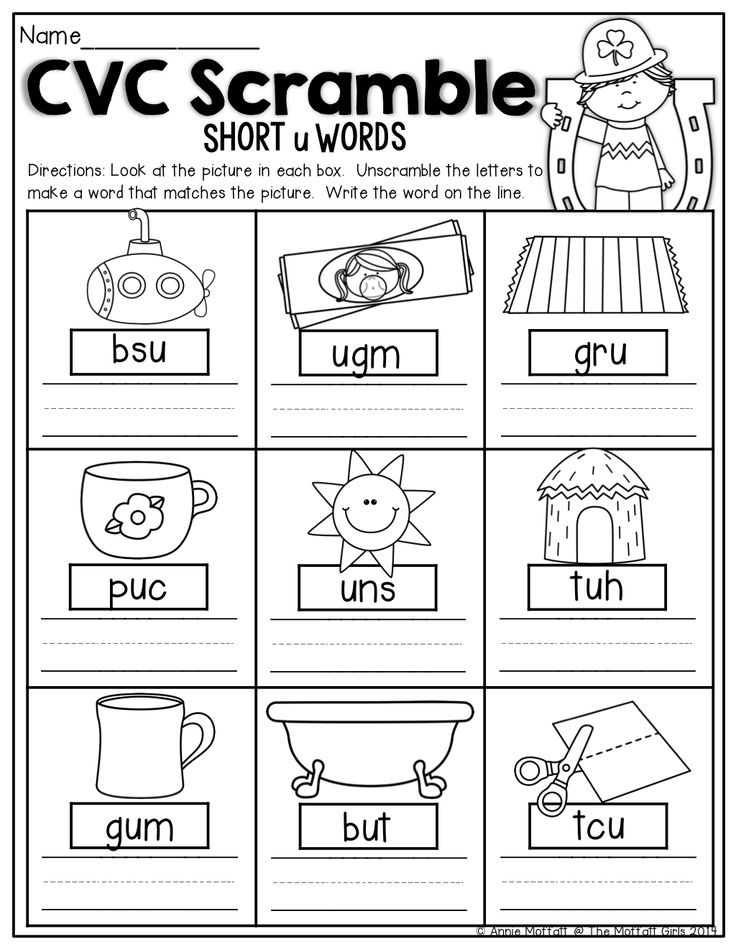 ) .
) .
After that, the children independently enumerate the objects of nature that exist only above and those that exist only below.
"What can be sweet?"
Game progress:
The teacher offers the children: Listen carefully, I will name something that is sweet. And if I make a mistake, then I must be stopped, I must say: “Stop!”
The teacher says: "Sugar, marshmallows, raspberries, strawberries, lemons."
Children listen attentively and stop him on the word where he "wrong". Then the children themselves name what is sweet.
“Answer quickly”
Game progress: The teacher, holding the ball in his hands, becomes a circle with the children and explains the rules of the game: “Now I will name some color and throw it to one of you ball. The one who catches the ball must name an object of the same color. Then he himself calls any other color and throws the ball to the next one. He also catches the ball, names the object, then his color, etc.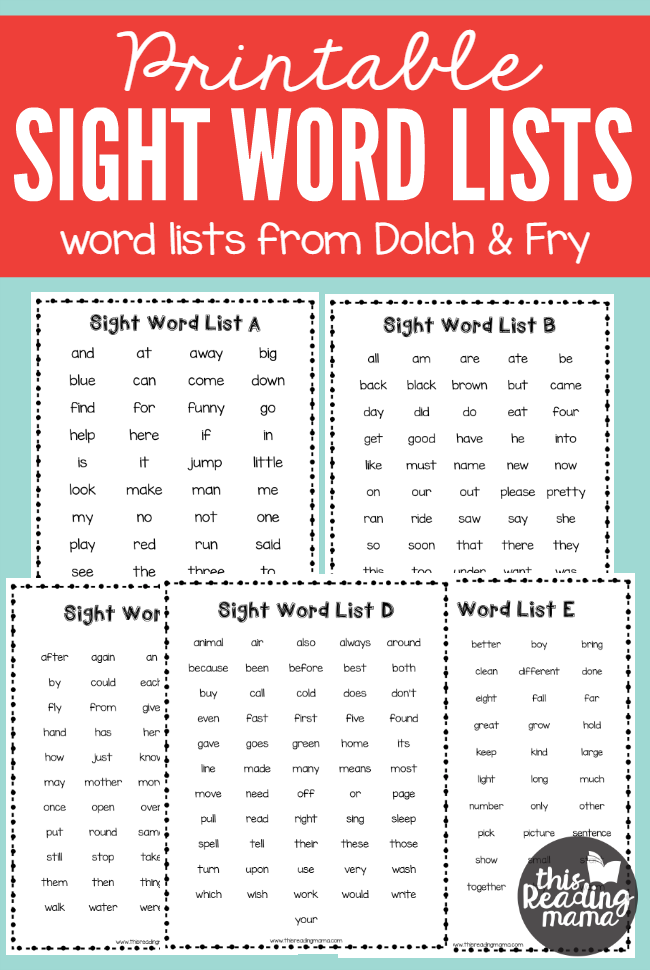 ”
”
For example, “Green,” says teacher (makes a short pause, giving the children the opportunity to remember green objects) and throws the ball to Vitya.
"Grass", - Vitya answers and, having said: "Yellow", throws the ball to the next one.
The same color can be repeated several times, as there are many objects of the same color.
The main feature for classification can be not only the color, but also the quality of the object.
The beginner says, for example: "Wooden", and throws the ball.
“Table,” answers the child who caught the ball and offers his word: “Stone”.
"Home" - the next player answers and says: "Iron", etc.
The next time the form is taken as the main feature. The teacher says the word "round" and throws the ball to any player.
"Sun" - he answers and calls another shape, for example "square", throwing the ball to the next player.
Thoth names a square object (window, handkerchief, book) and suggests some form.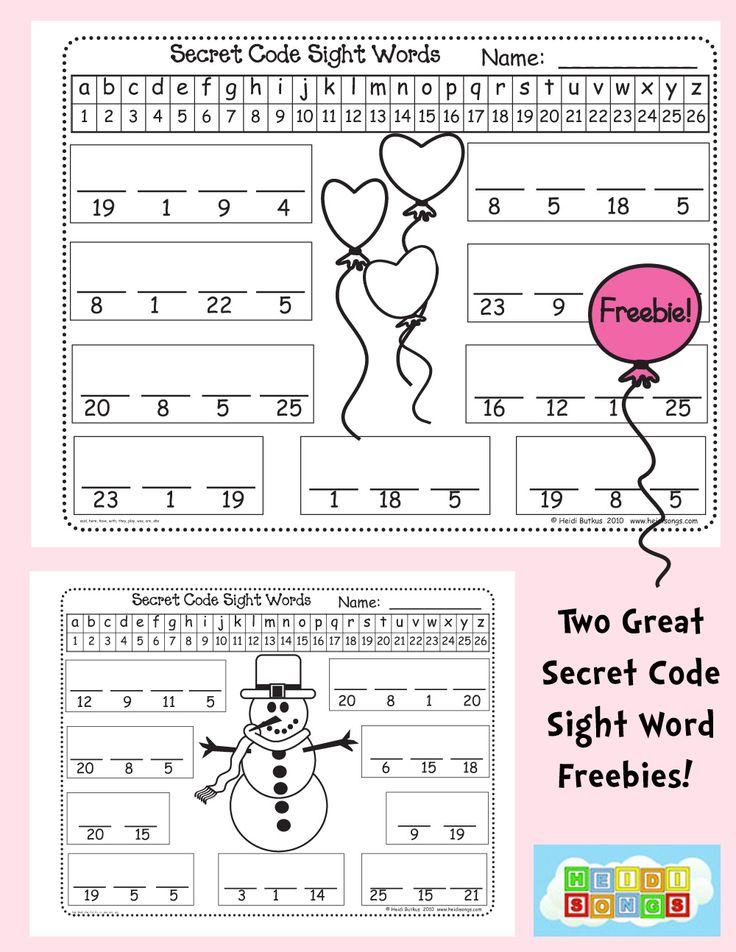 The same shape can be repeated several times, since many objects have the same shape. When repeating, the game can be made more difficult by offering to name not one, but two or more objects.
The same shape can be repeated several times, since many objects have the same shape. When repeating, the game can be made more difficult by offering to name not one, but two or more objects.
“How are they similar?”
Game progress: The teacher invites the children to look around and find two objects that are somewhat similar to each other.
He says: “I will call: the sun-chicken. How do you think they are similar to each other? Yes, that's right, they are similar in color to each other. And here are two more items: a glass and a window. How are they similar to each other? And now each of you will name your two similar objects.
Games to eliminate the fourth "extra" word
“Be careful!”
Game progress: The teacher says to the children: I will name four words, one word does not fit here. You must listen carefully and name the "extra" word. For example: matryoshka, tumbler, cup, doll; table, sofa, flower, chair; chamomile, hare, dandelion, cornflower; horse, bus, tram, trolleybus; wolf, crow, dog, fox; sparrow, crow, dove, chicken; apple, tree, carrot, cucumber.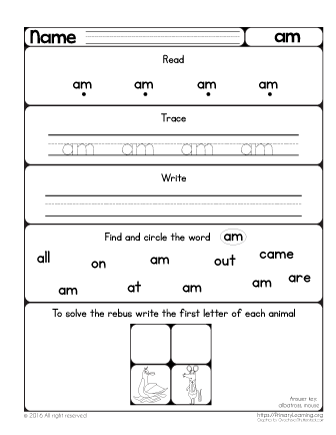
After each highlighted "extra" word, the teacher asks the child to explain why this word does not fit in this group of words, i.e., to explain the principle of grouping.
“Listen carefully!”
Game progress: The teacher says to the child: “I will name the words, and you will say which word does not fit: cat, fox, horse, cow; tractor, car, rocket, bus; pear, turnip, beet, carrot; book, pencil case, ball, notebook; water, thermometer, medicine, cotton wool.
In case of difficulty, he slowly repeats a certain set of words and helps the child to highlight the unsuitable for some reason.
Find out!
Game progress: What berries do you know? Now I will name the words, if among them you hear the word for a berry, then clap your hands.
Presentation words - cabbage, strawberry, apple, pear, currant, raspberry, carrot, strawberry, potato, dill, blueberry, lingonberry, plum, cranberry, apricot, marrow, orange.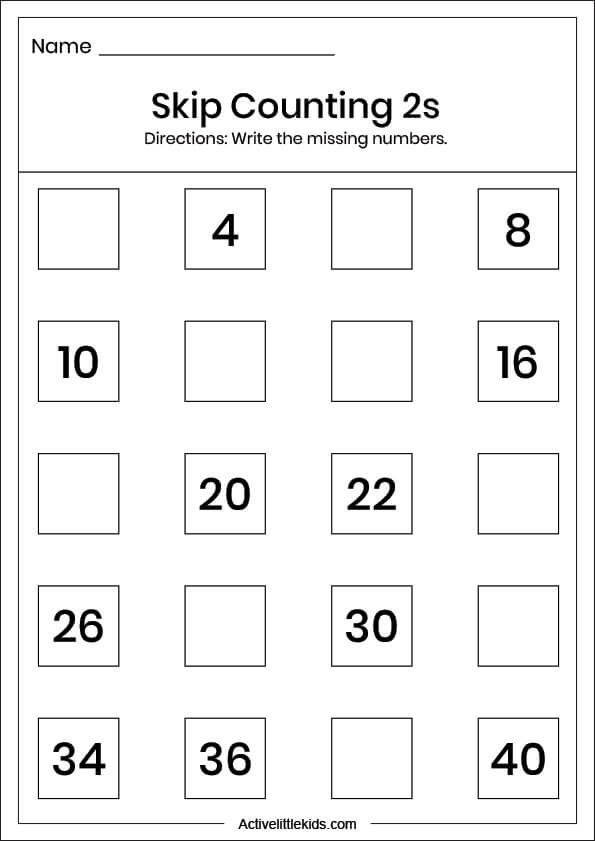
"Now I'm going to name the words, if you hear a word related to berries, clap once, if it's about fruits - twice."
(Words can be used the same, you can come up with others.)
As a basis for systematization, there can be a theme - tools, furniture, clothes, flowers, etc.
Tell me, what are the similarities in taste? color? size?
- lemon and pear
- raspberry and strawberry
- apple and plum
- currant and gooseberry
What is the difference in taste? color? size?
Divided into groups
Game progress: "What groups do you think these words can be divided into? Sasha, Kolya, Lena, Olya, Igor, Natasha.
What groups can be made from these words: dove, sparrow, carp, titmouse , pike, bullfinch, zander".
“Pick up the words”
Game progress:
- Match as many words as possible that can be attributed to the wild animals group (pets, fish, flowers, weather phenomena, seasons, tools and etc.
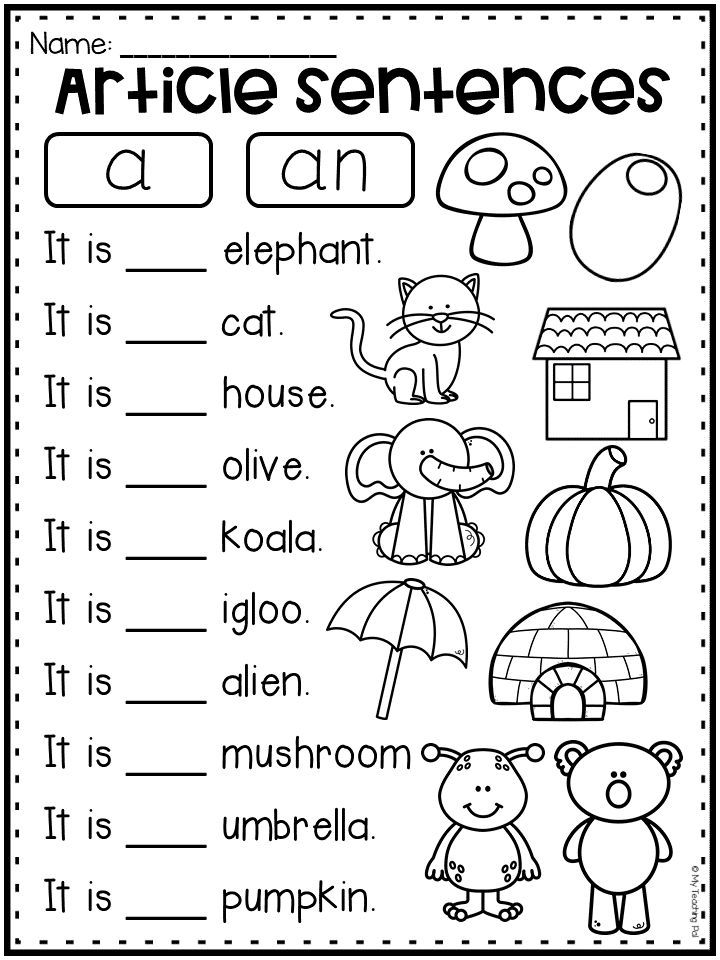 ) .
) . - Another version of the same task.
Use arrows to connect words that match the meaning:
ball | furniture
poplar | flower
cabinet | insects
plate | wood
coat | clothing
ant | crockery
pike | toy
rose | fish
“Similarities and differences”
Game progress: Invite the child to indicate the similarities and differences of the following pairs of words:
Book - notebook | Day - night
Horse - cow | Tree - bush
Telephone - radio | Tomato - cucumber
Airplane - rocket | Table - chair
"Find the opposite object"
Game progress: Calling any object (for example, sugar) , you need to name as many others as possible that are opposite to this one. It is necessary to find opposite objects according to the function "edible - inedible", "useful - harmful", etc., on the basis of (size, shape, condition) , etc.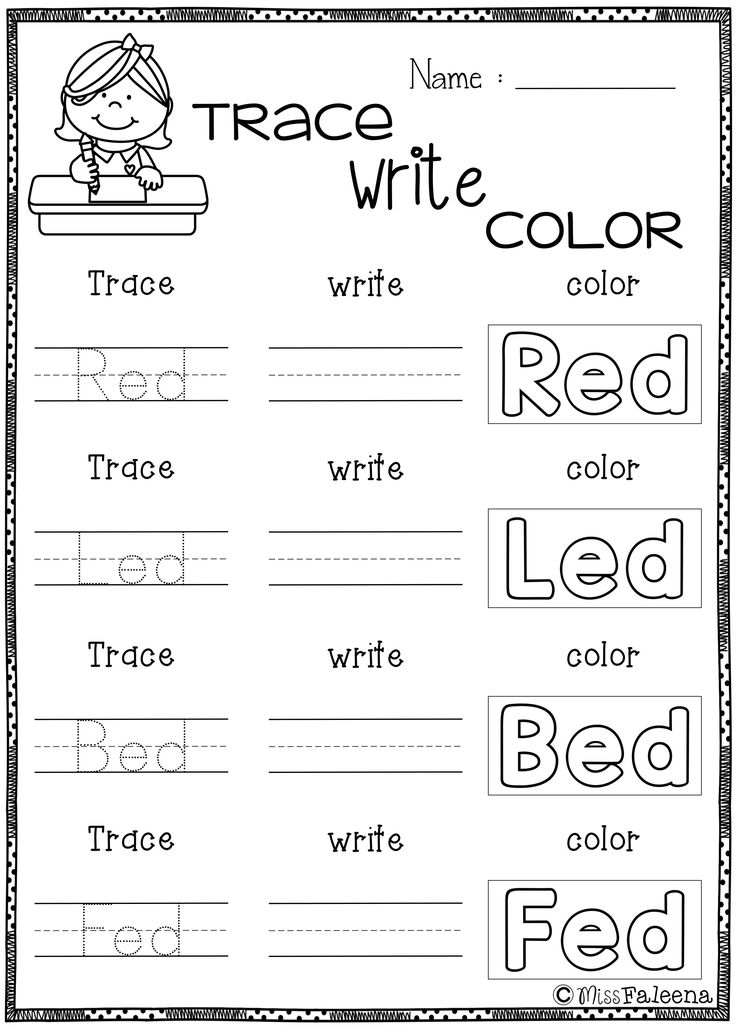
"Search for an analogy"
Game progress: A word is called, for example, a briefcase. It is necessary to come up with as many "analogues" as possible, i.e. other items similar to it in various essential features (bag, sack, backpack, etc.) Game progress: Invite the child to name a group of objects in one word. We call many specific objects with one word. For example, birch, pine, oak, etc. we call trees.
Invite the child to name in one word:
- a table, a chair, a cupboard are...
- a dog, a cat, a cow are...
- a cup, a saucer, a plate are...
- cornflower, chamomile, tulip - this.
"Find a common word"
Game progress: This task contains words that are united by a common meaning. It is necessary to try to convey this general meaning in one word.
What is the common word for the following words:
- Faith, Hope, Love, Elena
- a, b, c, c, n
- table, sofa, armchair, chair
- Monday, Sunday, Wednesday, Thursday
- January, March, July, September.

The generalizing word can be "spring months", or it can be "months of the year", etc.
A more complex version of the exercise contains only two words for which it is necessary to find a common concept.
Find out what the following words have in common:
a) bread and butter (food)
b) nose and eyes (parts of the face, sensory organs)
c) apple and strawberries (fruits)
d) clock and thermometer 900 Devices)
D) Kit and Lev (animals)
E) Echo and mirror (reflection)
“Words-twin”
Course of the game: This exercise is associated with this a phenomenon of the Russian language, like homonymy, that is, when words have different meanings, but are the same in spelling.
Which word means the same as the words:
1) a spring and something that opens the door;
2) the girl's hair and a grass cutter;
3) a branch of grapes and a drawing tool.
Think of words that are the same in sound but different in meaning.
Additional tasks for the exercise:
4) a crying vegetable and a weapon for shooting arrows (burning vegetable and small arms) ;
5) part of a gun and part of a tree;
6) things to paint on and greenery on the branches;
7) a construction site hoist and a mechanism that must be opened to allow water to flow.
“What is needed”
Game progress: The car runs on gasoline or other fuel; tram, trolleybus or electric train are powered by electricity. All this together can be attributed to the group "transport".
Seeing an unfamiliar car (e.g. truck crane) , they ask: what is it? Why?
Similar exercises are performed with other concepts: tools, utensils, plants, animals, furniture, etc.
"Why?"
Game progress: Now I will tell you words, and you will answer me, which is more, which is less, which is longer, which is shorter.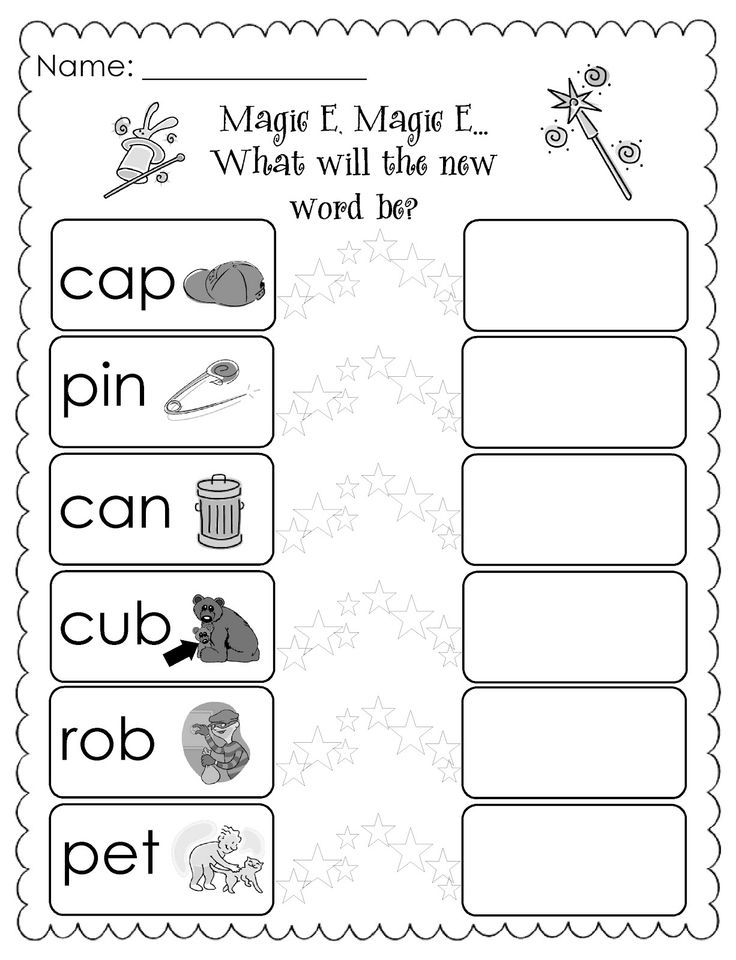
- Pencil or pencil? Which one is shorter? Why?
- Cat or whale? Which one is more? Why?
- Boa constrictor or worm? Which one is longer? Why?
- Tail or ponytail? Which one is shorter? Why?"
The teacher can come up with his own questions, focusing on the above.
"Choose the main thing"
Game progress: An adult says to the children: Now I will read a series of words. From these words you will have to choose only two, denoting the main features of the main word, i.e., without which this object cannot exist.
Other words are also related to the main word, but they are not main.0003
For example, a garden... What do you think, which of these words are the main ones: plants, gardener, dog, fence, earth, i.e. something without which a garden cannot exist? Can there be a garden without plants? Why?... Without a gardener... a dog... a fence... land?.. Why?
Each of the proposed words is analyzed in detail.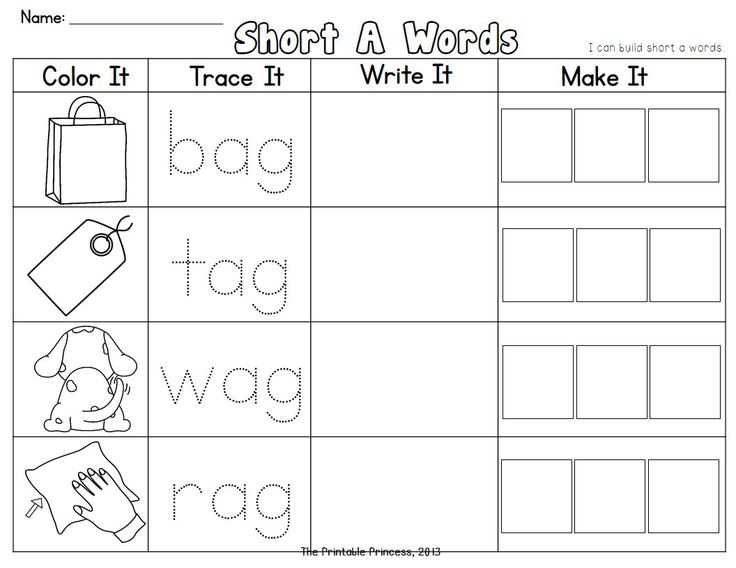 The main thing is that children understand why this or that word is the main, essential feature of this concept.
The main thing is that children understand why this or that word is the main, essential feature of this concept.
Sample tasks:
a) Boots (laces, sole, heel, zipper, shaft)
b) River (shore, fish, angler, mud, water)
c) City (car, building, crowd, street, bike)
d) Barn (hayloft, horses, roof, livestock, walls)
e) Cube (corners, drawing, side, stone, wood)
f) Division (class, dividend, pencil, divider, paper)
g) Game (cards, players, fines, penalties, rules)
h) Reading (eyes, book, picture, seal, word)
and) War (plane, guns, battles, rifles, soldiers)
“Dunnet”
Two games: The host thinks of a word or tells the conditions of some completely unusual situation, and the players (children or adults) must guess the word or explain the situation by asking questions that can be answered with one of five answers: "yes"; "No"; "Yes and no"; "there is no information about it"; "it's not significant.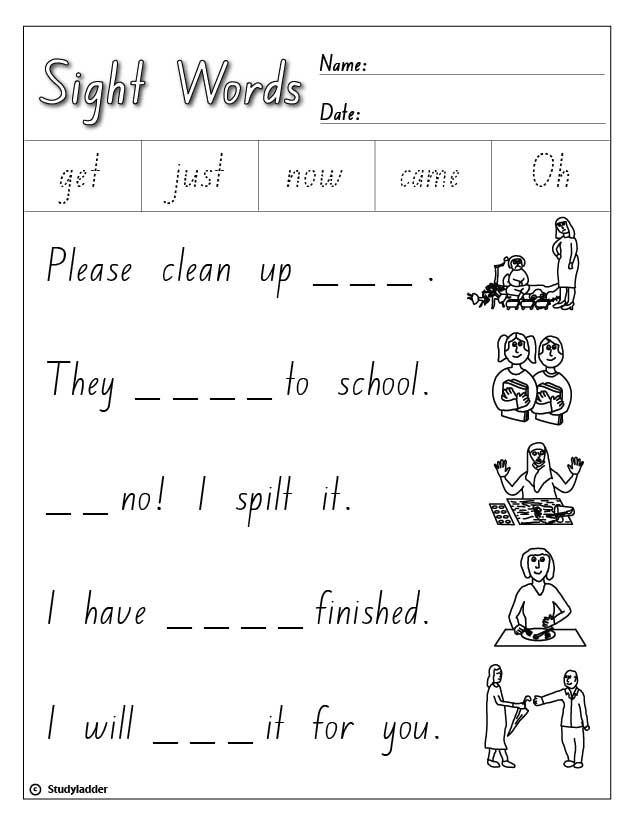 "
"
For example: "I thought of a plant in the middle zone. In ten questions, determine the plant that I thought of."
Themes for "danetok" and possible continuation of the game.
What vegetable did I have in mind?
- Is it a root vegetable? (Carrot, beet, radish)
- Is it a leafy vegetable? (Cabbage, lettuce)
- Is it a fruit vegetable? (Tomatoes, cucumbers)
What name did I think of?
- Is it a male name?
- Does the name begin with a vowel?
- Is there such a name in our group?
What piece of clothing did I have in mind?
- Is this outerwear?
- Are these men's clothes?
What fairy tale did I have in mind?
- Is this a Russian fairy tale?
What historical figure did I have in mind?
- Is this a man?
What must I do in the morning?
What color do I have in mind?
What property of ice cream, light bulb, watermelon, pencil did I guess?
What country did I have in mind?
What kind of writer, storyteller, poet, scientist did I have in mind?
What famous battle did I have in mind?
"Black box"
Game progress: Children are shown a "black box" or just a bag, briefcase and are asked to guess what is there in 10 questions? Etc.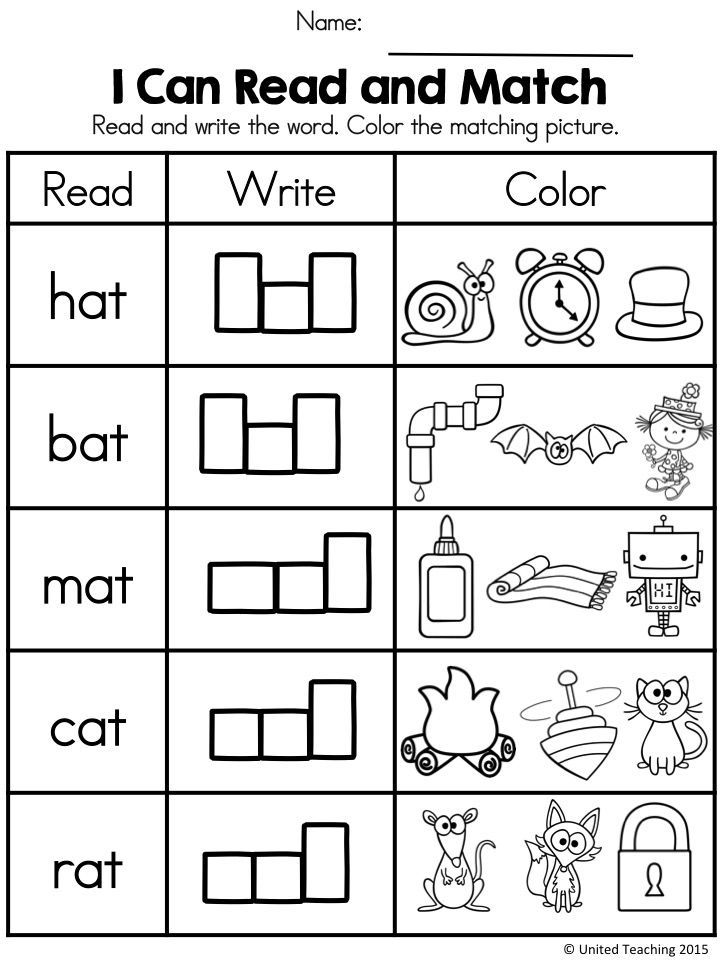
- Is there a man-made object? Is there something soft? Is there something metallic? Etc.
List the items
Game progress: One leader is selected from the group of children. He leaves the room for 2 minutes. At this time, 7 objects are placed on the table in the room and the situation is thought about. For example, children think of the situation "I'm going for a walk", then 7 items of clothing should lie on the table.
The driver is invited, the situation is told to him and he is allowed to inspect the table for 1-2 minutes. Then he turns his back to the table and faces the group of children and starts listing the things on the table. After each correct answer, the group says "Correct!", after the wrong - "Wrong!". If the driver has not listed all the items, the group says which items he forgot.
"Opposite"
Game progress: The leader calls the group of children a word. The task is to name a word denoting the opposite object.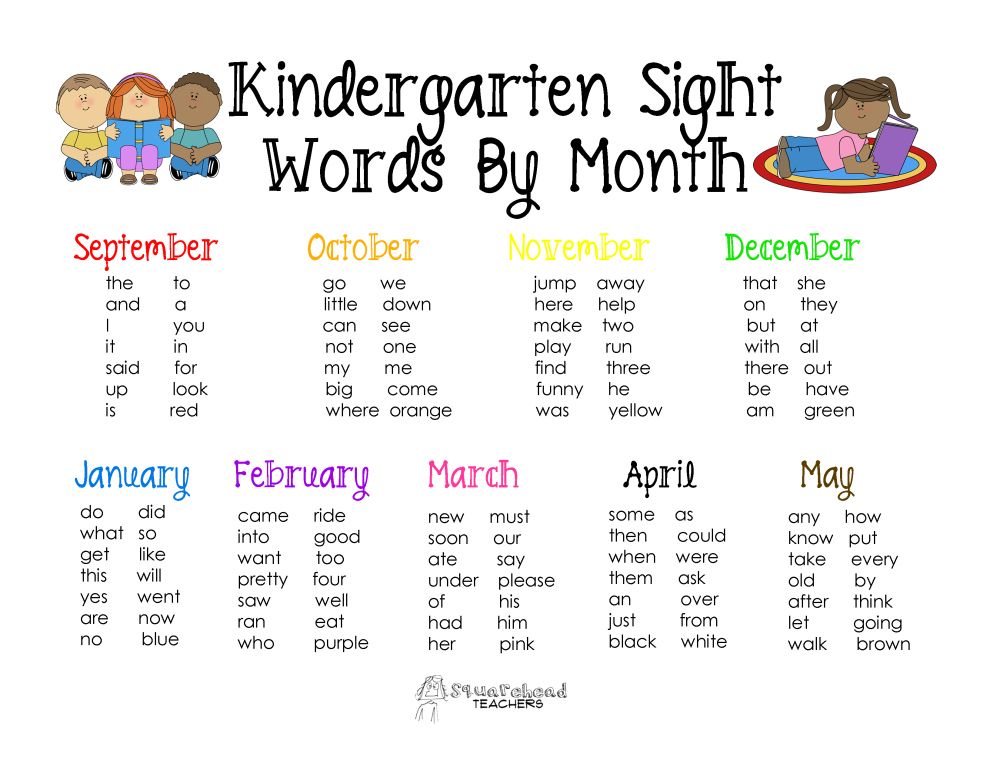
For example, the facilitator says the word "cup". Children can name the following items: "board" (the cup is convex, and the board is straight) , "sun" (the cup is made by a person, and the sun is part of nature) , "water" (water is a filler, and a cup is a shape) etc.
Each child in turn offers his answer and always explains why he chose that particular subject.
"Come up with a riddle"
Game progress: A leader is selected from a group of children. His task is to come up with a riddle. The group must solve this riddle. Then another child comes up with a riddle, and so on. Children of 6 years old love to come up with riddles, the game is lively.
“Who is whom (than) will be?
Game progress: The good thing about the game is that you can play with the company or together with your child anywhere. Ask each other questions, make sure that the baby answers the question correctly.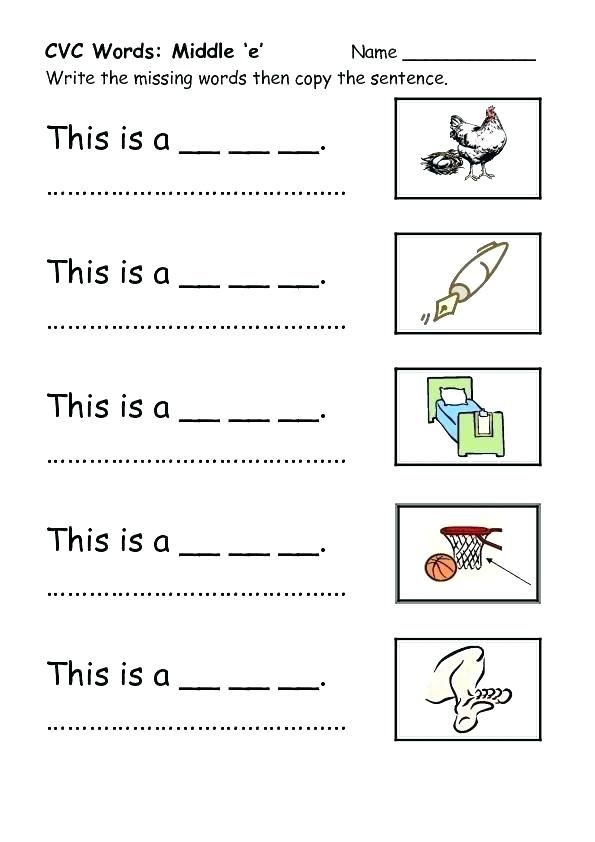
Who will the egg be? (may be a chick, a crocodile, a turtle, a snake.)
- a chicken - a rooster;
- a boy - a man;
- calf - cow or bull - paper - book;
- snow - water;
- water - ice;
- seed - flower;
- flour - pancakes;
etc.
Reverse game: "Who was who?".
- a horse - a foal
- a flower - a seed
"The third extra"
Game progress: An adult says three words - an owl, a crow, a fox. The child should quickly analyze these three words in his mind and determine that all three words refer to wildlife, however, an owl and a crow are birds, and a fox is not. Therefore, the fox is superfluous here.
More examples for younger preschoolers:
- milk, juice, bread - all three words mean edible. But they drink milk and juice, but eat bread;
- car, horse, tram;
- hat, scarf, boots;
- rose, birch, tree.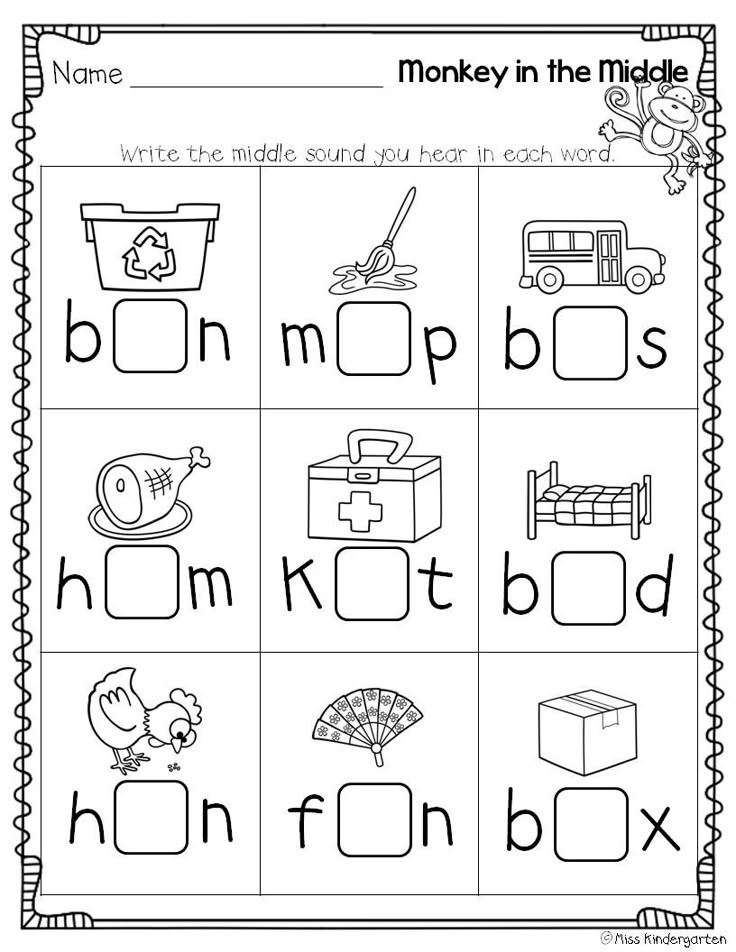
For children aged 5-7 the tasks become more difficult:
- rain, snow, river;
- doctor, tourist, driver;
- shadow, sun, planet;
- frost, blizzard, January;
- stone, clay, glass;
- door, carpet, window;
- sea, river, pool.
“What happens?”
Game progress: First, the adult asks questions, and the child answers. Then you need to give the child the opportunity to express themselves.
Examples:
- What is high? (tree, pole, man, house) . Here it is appropriate to ask which is higher - a tree or a house; person or pole.
- What is long? (short)
- What is wide (narrow) ?
- What is round (square) ?
A variety of concepts can be included in the game: what is fluffy, soft, hard, sharp, cold, white, black, etc.
“What is outside, what is inside?”
Game progress: The adult names a couple of objects, and the child says what can be outside and what can be inside.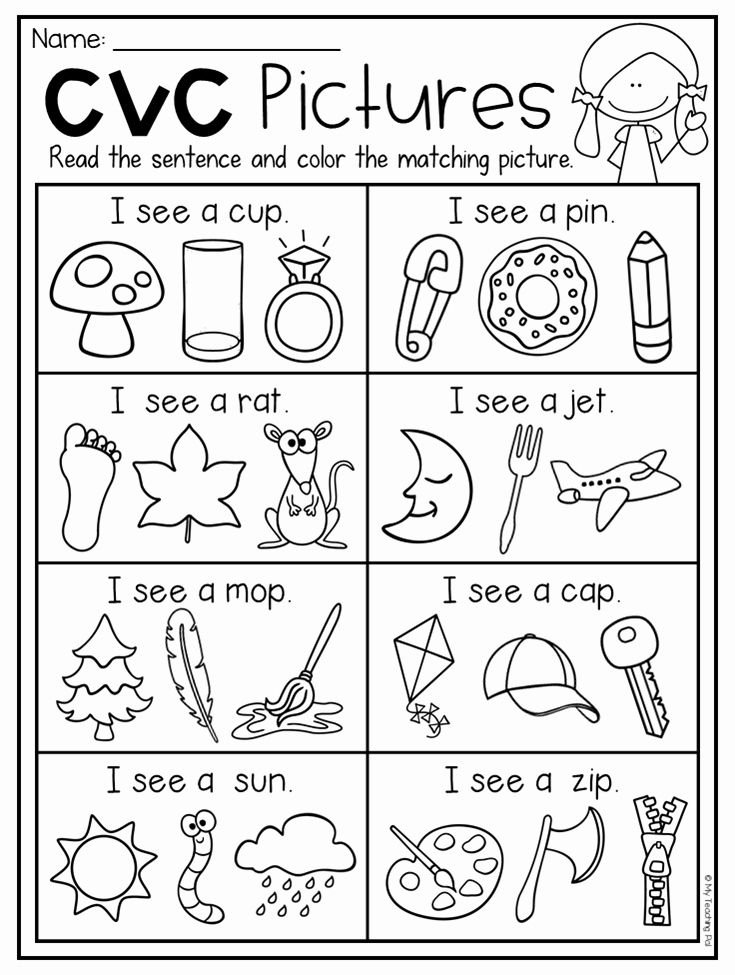 House - closet; book - cabinet; purse; wallet-money; pan - porridge; aquarium - fish; booth - dog; nora - fox.
House - closet; book - cabinet; purse; wallet-money; pan - porridge; aquarium - fish; booth - dog; nora - fox.
Then switch roles - let the child think of pairs of words.
Who is this?
Game progress:
Option 1: We ask questions: who treats the sick? Who teaches children at school? Who is preparing dinner? Who is working on the tractor? Who delivers letters and newspapers? Who sews the dress?
Option 2: Questions: what does the janitor do? What does the doctor do? What does an electrician do? What does the teacher do? What does the driver do? What does a painter do? What does a hairdresser do?
3rd option: We come up with riddles. For example: this person works on the street, he has a broom, a shovel.
4th option: "Who needs what?" What does the postman need? What does a hairdresser need? And vice versa: who needs scissors? Who needs a needle?
"Guess the object by its parts"
Game progress: Children name the parts of the object.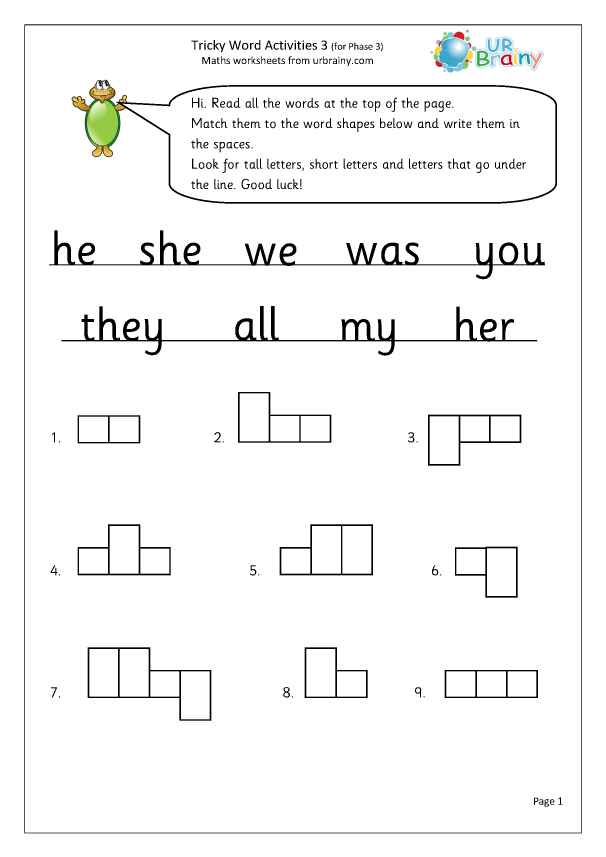 The first person to guess what it is about gets one point. This option is good because you can play together with your child anywhere. For example, on the way to kindergarten, while waiting in line to see a doctor, etc.
The first person to guess what it is about gets one point. This option is good because you can play together with your child anywhere. For example, on the way to kindergarten, while waiting in line to see a doctor, etc.
Examples:
Four legs, backrest, seat.
Numbers, arrows.
Letters, pictures, sheets.
Trunk, branches, leaves.
Root, stem, leaves, petals.
Screen, buttons, electric cord, remote control.
Spout, handle, lid, electric cord.
Paws, tail, collar.
Paws, tail, trunk.
Does everything seem too simple at first glance? But in fact, not all children can describe objects. Try it!
"Guess the item from the description"
Game progress: Game conditions are the same as in the previous one. But the task here is more difficult. It is necessary not only to find the correct definitions of objects, but also to correctly coordinate adjectives and nouns by gender, as well as to know such concepts as furniture, vegetables, fruits, insects, domestic and wild animals, etc.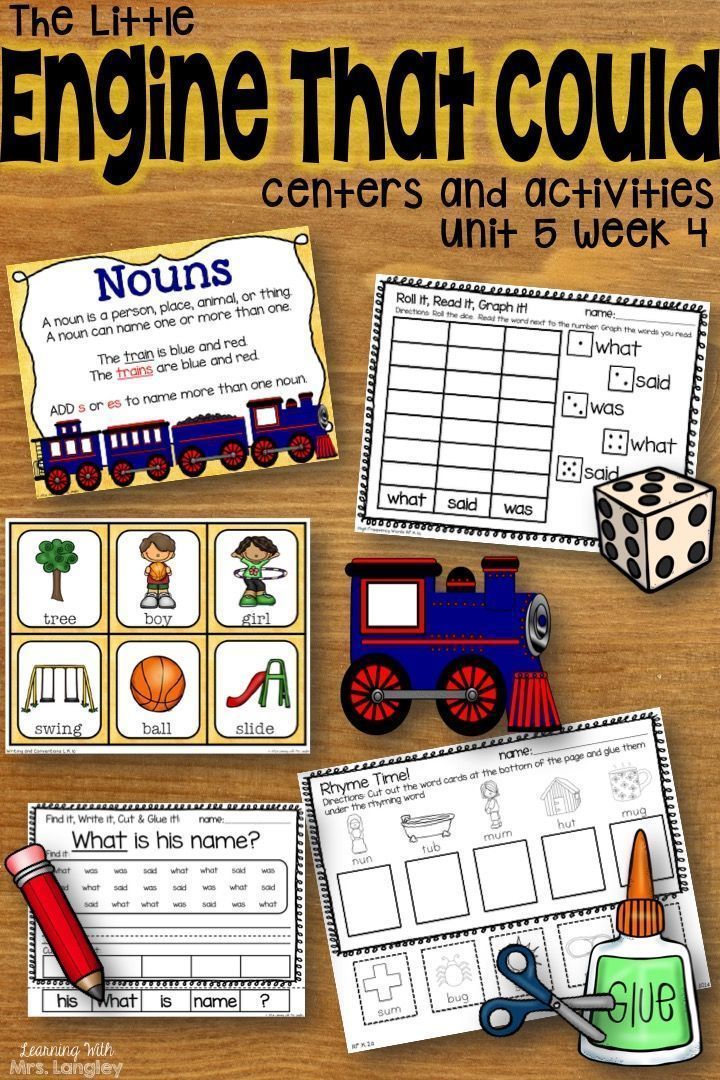
Wild animal, lives in the forest , big, shaggy, likes honey.
Wild animal, sly, red, with a fluffy tail.
Insect, with colorful wings, similar to a flower.
Transport, large, heavy, with wings and tail.
Vegetable, red, round, put in salads and soups.
Sweet, small, in a beautiful paper.
“Think and choose!”
Game progress: Now I will read you a proverb, and you try to find a suitable phrase for it that reflects the general meaning of the proverb, for example:
Measure seven times, and cut once
a) If you cut it wrong yourself, then do not blame the scissors
b) Before you do it, you need to think carefully
c) The seller measured seven meters of fabric and cut it off
The right choice here is "Before you do, you need to think carefully"
Example tasks:
1. Better less is better.
a) One good book is more useful to read than seven bad ones.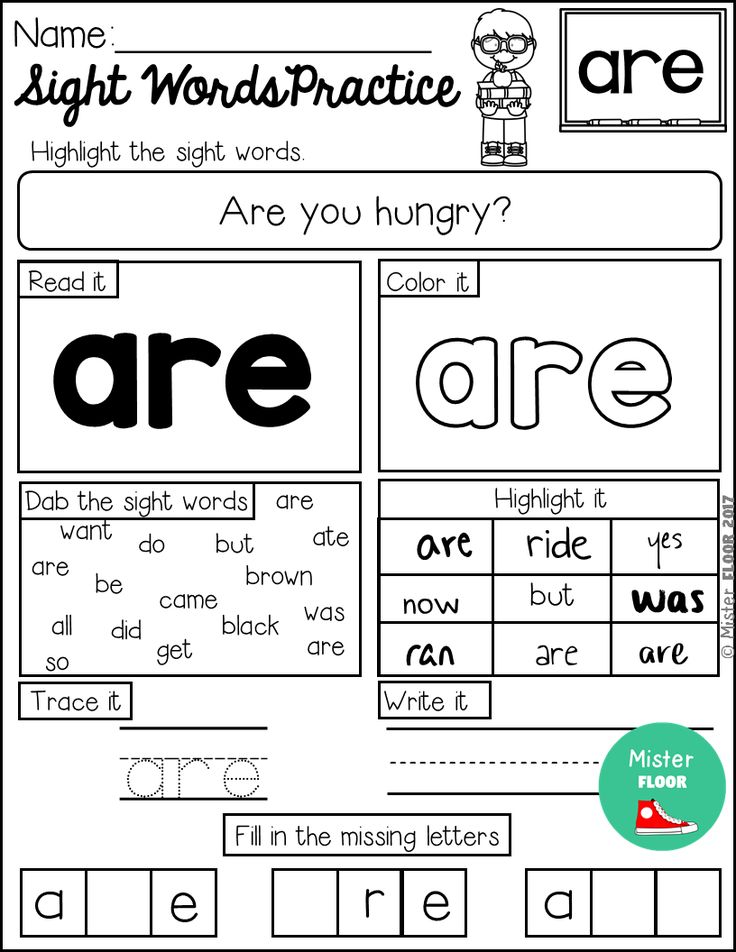
b) One delicious cake is worth ten bad ones.
c) What matters is not quantity, but quality.
2. If you hurry, you will make people laugh.
a) The clown makes people laugh.
b) To do a job better, you need to think about it well.
c) Haste can lead to ridiculous results.
3. Strike while the iron is hot.
a) A blacksmith forges hot iron.
b) If there are favorable opportunities for business, you should immediately use them.
c) A blacksmith who works slowly often gets more done than one who is in a hurry.
4. There is nothing to blame on the mirror, if the face is crooked.
a) You should not blame the cause of failures on circumstances, if the problem is in yourself.
b) A good quality mirror does not depend on the frame, but on the glass itself.
c) The mirror hangs crooked.
5. The hut is not red in the corners, but red in the pies.
a) You can't eat pies alone, you have to eat rye bread too.
6) A case is judged by its results.
c) One tasty cake is worth ten bad ones.
6. Done the job - walk boldly.
a) If you did a good job, you can rest.
b) The boy went for a walk.
7. Skilful hands do not know boredom.
a) Petr Ivanovich never gets bored.
b) A master of his craft loves and knows how to work.
8. Don't get into your sleigh.
a) If you don't know the job, don't take it on.
b) In winter they ride on a sleigh, and in summer on a cart.
c) Ride only on your own sleigh.
9. All that glitters is not gold.
a) The copper bracelet shone like gold.
b) Outward brilliance is not always combined with good quality.
c) What seems good to us is not always good.
Gaming activity:
| | | | | in preschool
"Word games and exercises for the formation of word formation skills" | Speech development card index (senior group):
Municipal budgetary preschool educational institution
Pushkinsky municipal district
Kindergarten No. 15 “Storkon”
15 “Storkon”
“Word formation skills”
prepared by the teacher 5
Pushkino, 2018
A selection of didactic verbal games and exercises for the formation of word-formation skills in different age groups.
Junior preschool age.
Purpose: to learn to form words with diminutive and endearing suffixes.
Game exercise "Affectionate Names"
Children are encouraged to call each other affectionately: Tanechka, Olechka, Vovochka.
A similar exercise is carried out by naming animal cubs:
- The cat has a kitten.
- A she-bear has a cub, a duck has a duckling, a mouse has a mouse.
The game “I have a nose, and yours?”
The teacher names the parts of his body, and the child repeats them using the diminutive suffix.
- I have a nose, says the teacher.
- And I have a nose.
- I have ears (and I have ears), etc.
Game - dramatization "Who came?"
A kitten comes and greets the children.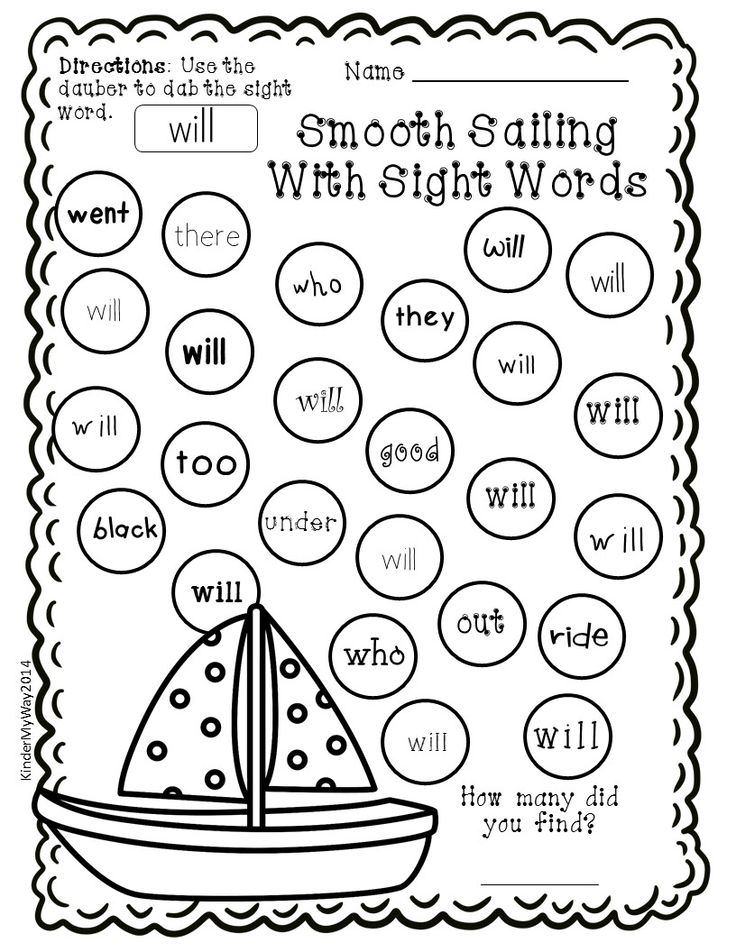
- Who came to us? (Kitty).
- What shall we affectionately call him? (Kitten). Etc.
Games: “Call it right”, “Suggest a word”
- This is a large mushroom, and next to it is a mushroom, a book - a booklet, a jar - a jar, etc.
Purpose: to learn to correlate the name of an animal and its cub.
Game exercise “Lost”
There is a toy house on the carpet and baby animals in it.
Educator:
- Let's see who lives in the little house? "Quack-quack-quack" - who is this? Duck? Correctly. (takes a duck out of the tower). Big or small? Small? These are the boys, duckling. Little duck. And the duck is his mother. Help the duckling find his mother duck.
The child walks around the group looking for.
- Whose voice is this? "Pee-pee-pee?" - who is it? - carried out in a similar way.
Purpose: to teach to distinguish between animals and cubs by onomatopoeia
Game exercise "Whose voice?"
Animals come to visit children and want to play.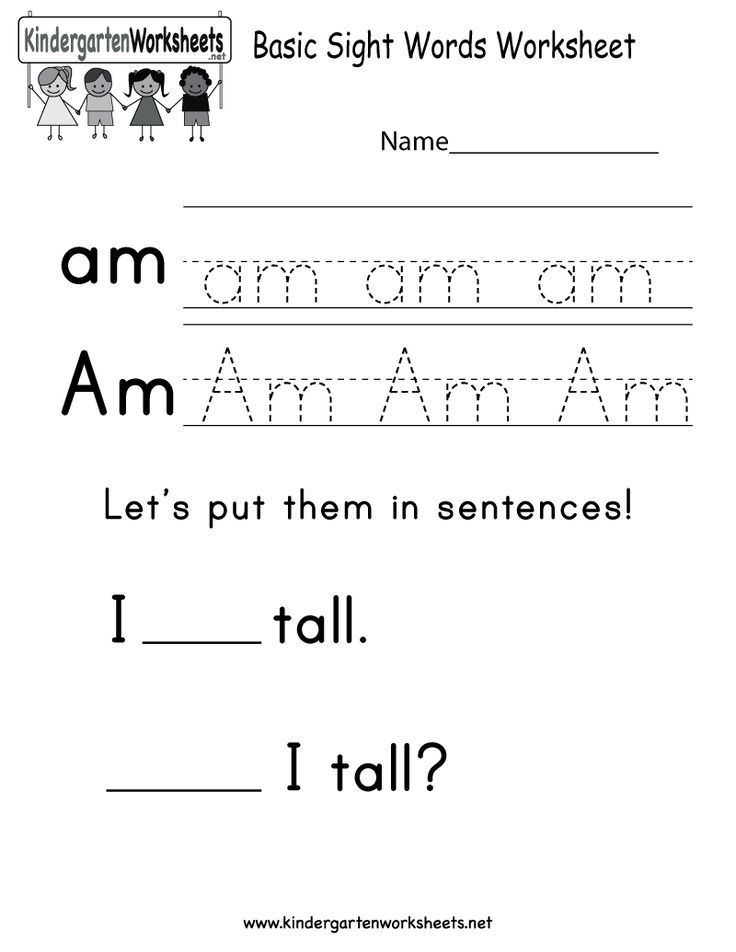 You have to guess whose voice it is.
You have to guess whose voice it is.
- Moo-oo-who is mooing like that? (Cow). And who is humming softly? (Calf)
-Kwa-kva-kva - whose voice? Rough voice? And who croaks thinly? (Frog).
The rest of the toys are played in the same way.
Purpose: to teach the use of the names of animals and their babies in the nominative singular and plural.
Game “Who has whom?”
Children are shown pictures of animals and asked what their cubs are called if there are many of them:
- A cat has kittens.
- A hedgehog has hedgehogs, a cow has calves.
Purpose: to teach in the formation of the forms of the genitive plural of nouns
Game "Where are our pens?"
The children are sitting on chairs, the teacher addresses them:
- Where are our pens? Don't have our pens? (Hides his hands behind his back. Children repeat). Here are our pens! (Show hands, play with fingers).
- Where are our legs? Are our legs missing? Etc. “-3 times.
“-3 times.
Game "Lotto"
The teacher gives the children pictures of toys, leaving pairs for them. Showing the children their picture, the child who has the same toy in the picture should quickly say about it. (I have a wheel, and Vera has wheels. Vera should quickly say: “I have wheels” or “I have many wheels”)
Purpose: to teach in the formation of verb forms.
Game "Bear, go!"
The teacher brings a truck into the group on which a bear and a mouse are sitting.
- Would you like the animals to ride in the truck? You need to ask them about it and say: "Bear, go." Or ask to jump: “Jump the bear”, etc.
Purpose: to teach in the formation of verbs in a prefixed way.
Molchanka mobile game
Children pronounce the words:0003
The bells rang,
Through the fresh dew
In a strange lane.
There cups, nuts,
Honey, sugar, silence!
Children should be quiet and not move. Whoever speaks or moves - gets a phantom.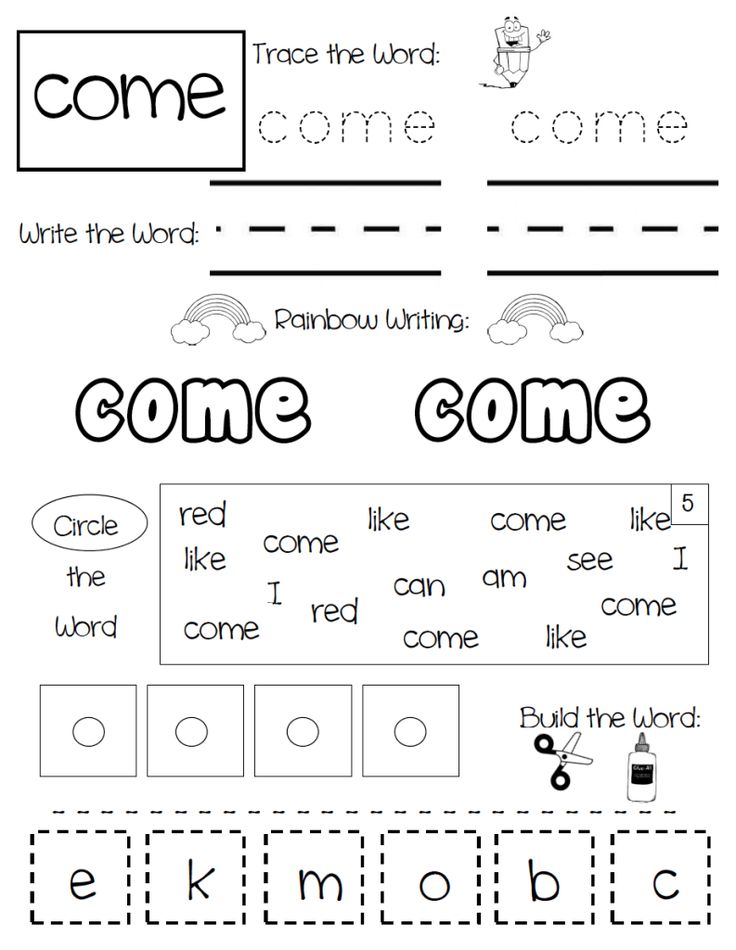 At the end of the game, children redeem forfeits by performing actions on command: get under the table and get back out, jump twice in place, move the chair back and forth, toss the ball, etc.
At the end of the game, children redeem forfeits by performing actions on command: get under the table and get back out, jump twice in place, move the chair back and forth, toss the ball, etc.
Purpose: to exercise in the formation of verbs on behalf of a noun.
Silent game
Children pronounce the text: One, two, three, four, five.
We start to play:
Chok-chok, mouth on the hook
And silence!
Children should be silent. Who broke the rules - a phantom is given, which is then played out. Children are given tasks: drumming on a drum, blowing a pipe, ringing a bell, etc.
Purpose: to learn to form verbs with the opposite meaning using prefixes
The game "Everything is the opposite"
The educator invites the children to play stubborn and obedient. It tells about two sisters: clever and stubborn. The novice did everything as her mother asked, but the Stubborn did the opposite. If the Novice closes the door, then the Stubborn will open it.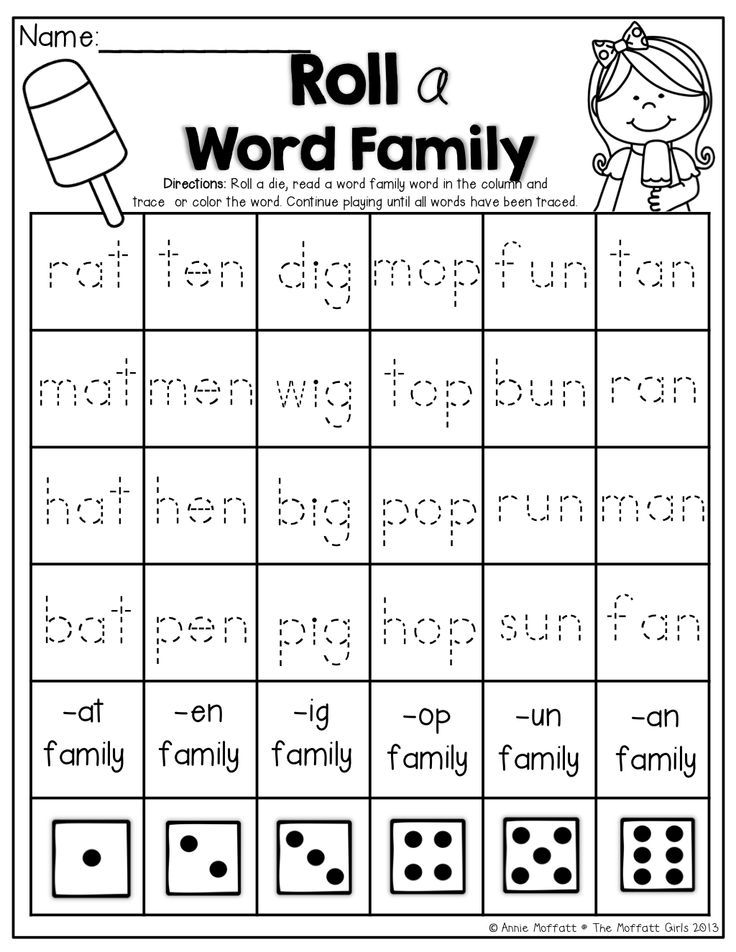
Pairs of words are played in the same way: bring - take away, sew - tear off, clean - dirty, hang - take off, shut up - speak, etc.
The game "Who will say more about the profession"
The teacher clarifies the children's understanding of the words "profession", "action".
-Each adult has his own profession and performs some activities.
-What does a cook do? (boils, bakes, roasts, peels vegetables, etc.)
- What does a tailor do? (children's answers).
The teacher also names the professions of a teacher, builder, shoemaker, shepherd, and the children name the actions of people in these professions.
Purpose: to learn to form verbs from onomatopoeic words.
The game “Who gives the voice?”
Toys came to visit the children. The teacher shows, and the children name the toy.
- Here…. (Cat, here .... (dog). And whose voice is this, who sings “Crow?” (Cockerel). How does the cockerel crow? (Ku-ka-re-ku).
- Where-where, where-where! Who is this? (Chicken). How does the chicken cackle? (Where-where, where-where)
similarly played: dog, cat, dogs, cats, chickens.
Purpose: to learn to form verbs from the names of musical instruments
Game "Orchestra"
The teacher reads a poem about a bunny, accompanying the speech with actions with toys.
Zaika brought many musical instruments to the children and asks them to guess their names. The drum is drumming, the pipe is blowing, the bells are ringing, etc.
Purpose: to learn to correlate the character and the verb formed from onomatopoeia
“Evening of riddles”
It's running away somewhere,
Runs away.
And when he comes back,
He purrs from the saucer
Drinks raw milk. (Cat)
Have you seen him more than once -
He jumps two steps away
From us, he chirps:
“Chirik - chirp!”
Who is not used to this song (Sparrow)
Other riddles are also guessed: a beetle buzzes, a wolf howls, a duckling quacks, a goose cackles, a dog barks.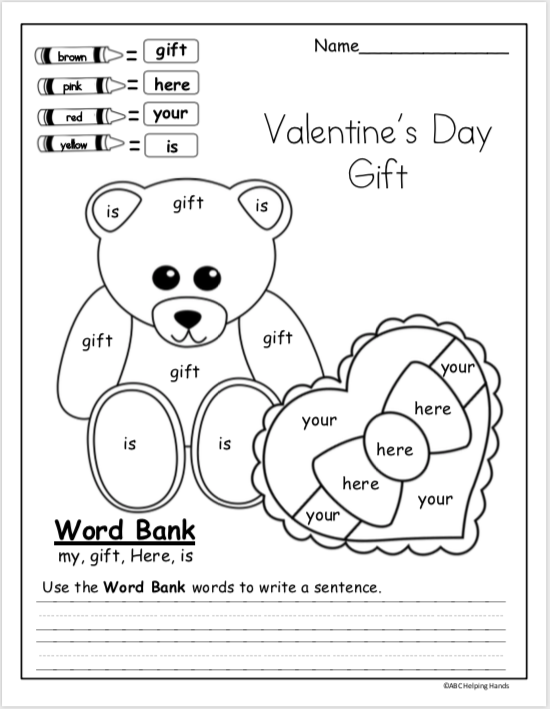
Purpose: to learn to form nouns in the genitive plural
Game "Geese"
Pictures are considered:
- This is .... (goose, gander). He is winged, loud-mouthed, he has red flippers. Legs like flippers.
- And this is my mother…. (goose). The goose and the goose have children ... (goslings). It is correct to say goslings. One is a gosling, and when there are many of them, these are goslings. The goose has many goslings.
- Goslings walk in single file. Goose after mom - goose and dad - gander.
Middle preschool age
Purpose: to teach ways of forming aspect pairs of verbs
Game situation "What is missing for Misha for a walk?"
The booth displays pictures depicting winter clothes: felt boots, mittens, socks, scarf, coat, fur coat, hat, and it is proposed to list them. As you name the pictures are removed. Then the children help to dress the boy Misha for a walk, naming the names of the clothes in the pictures from memory.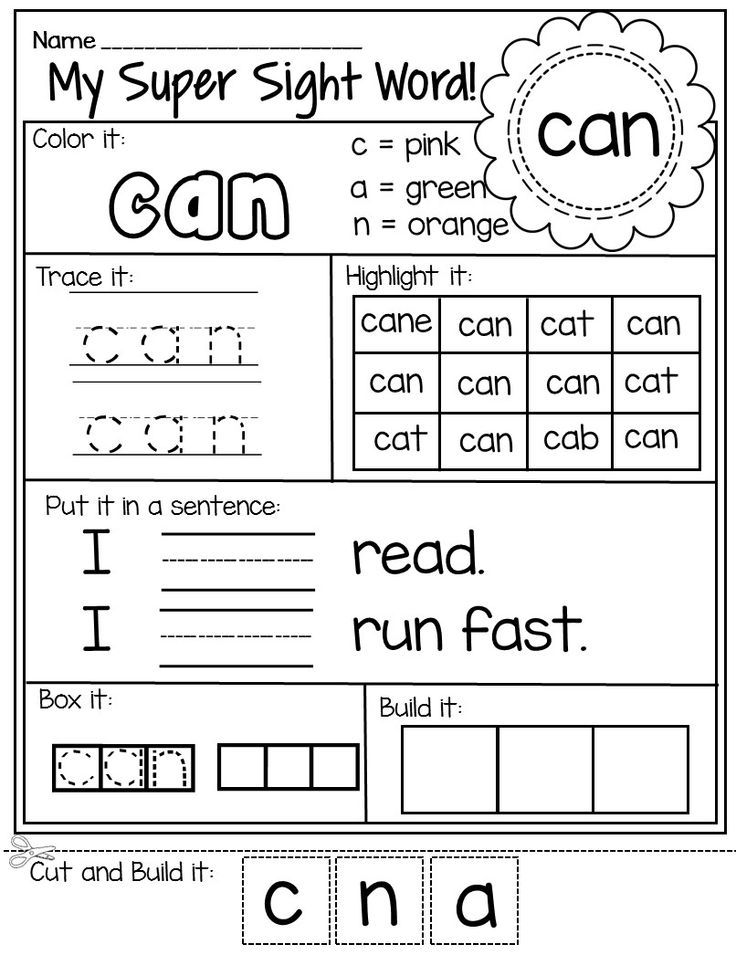 Children are mistaken, the teacher unobtrusively corrects: there are not enough socks, boots, etc.
Children are mistaken, the teacher unobtrusively corrects: there are not enough socks, boots, etc.
Purpose: to teach the formation of words in a suffixal way
Game exercise "Two brothers"
The teacher tells the children a story about two brothers - cubs: Shustrik and Miamlik.
- Early in the morning Shustrik woke up and quickly got up, Myamlik was still only ....
- He gets up, - the children add.
- Shustrik got dressed, and Myamlik ...
then the children answer: dressed - dressed, refueled - refueled, washed - washed, had breakfast - had breakfast, cleaned - cleaned, etc. You can use different plots: “In the forest”, “ On a walk", "On the river", etc.
Purpose: to learn to form forms of present tense verbs
Dramatization game “Visiting a Doll”
The teacher says:
- Guests will come to Masha, but she does not know what to put bread, sweets, sugar in. Let's think and help her. For this there is a special dish.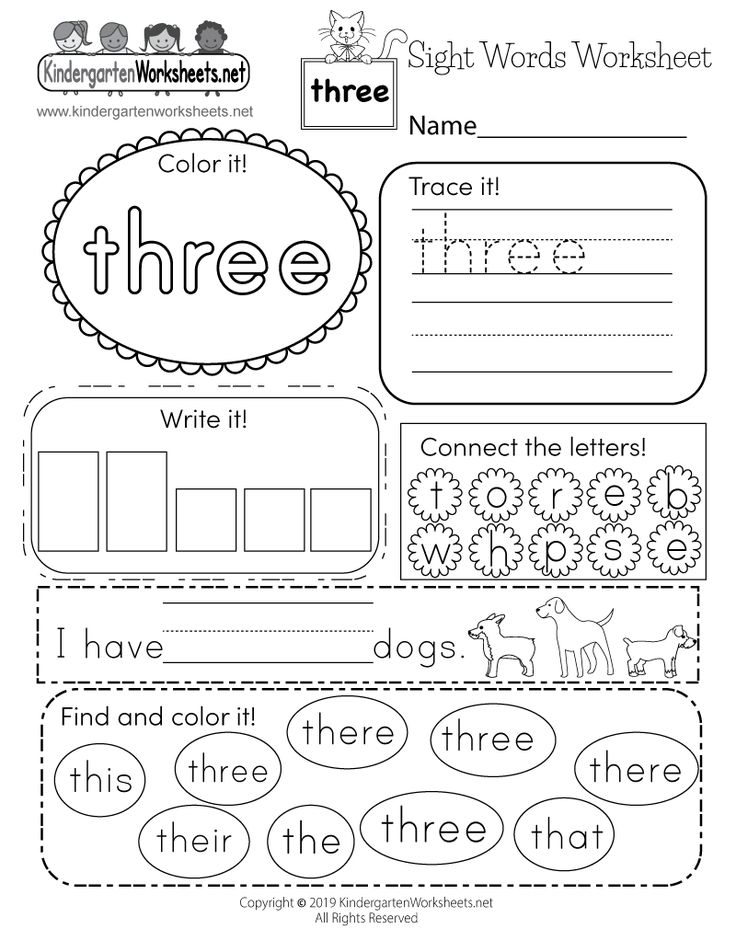 What is it called?
What is it called?
- Is there anything for bread? (Breadbasket).
-So Masha will put the bread in what? (To the breadbasket). (Chorus).
- What is the name of the container for sweets? Etc.
Game exercise “The postman brought postcards”
The postman brought postcards, which depict animals performing various actions.
Each child has his own postcard. The child remembers his postcard. Then the teacher calls the actions of the animals “The snowmen are dancing”, “The bear is drumming, “The cat is meowing (lacking), etc. (draws, dances, runs, strokes, barks, waters), and the child must say whose card it is.
Purpose: to learn to form possessive pronouns
Game exercise “Whose, whose? – My”
The teacher shows the children a bag with children's things and toys and says.
- This is a magpie - a thief has collected different things in our group, which are not lying well. Laughs at you: “Whose, whose everything? My! Let's take a look at what? What's this? (Shoe). Whose shoe? Etc. (whose, whose, whose, whose). The owner takes the item and puts it away.
Whose shoe? Etc. (whose, whose, whose, whose). The owner takes the item and puts it away.
Purpose: to learn to form the names of dishes
Game exercise "Tea drinking"
The teacher puts the samovar on the table and says: “We will drink tea from the samovar.” You need to make tea.
“What is tea brewed in? (Kettle). We're setting the table. What will we drink tea from? Where do we put the sugar? (Sugar bowl). Candies? Napkins? For tea - a kettle, for coffee - a coffee pot, for milk - a milk jug.
Similar exercise “Tanya sets the table” (bread box, napkin bowl, sugar bowl, milk jug, candy bowl, salad bowl, teapot)0003
Purpose: to activate derivative verbs
Russian folk game "Hare"
Children stand in a circle (round dance, bunny in the center of the circle. Round dance walks around and sings:
Zayinka, dance,
Serenky, jump,
, turn sideways,
Circle, turn sideways!0003
Purpose: to learn to form degrees of comparison of adverbs
The game "Cold - warm"
Children hide a toy in the room, then the driver looks for it, and the children comment on the search: warm, warmer, very warm, hot, cool, cold, even colder , quite cold.
Purpose: to learn to form the names of baby animals
The game "Wake up the cat"
A child - a cat is sitting on a chair (sleeping). The rest of the children, taking on the roles of animal cubs, dress up, form a circle. The teacher points to the child and he responds corresponding to the character: crow, chik-chirr, qua-qua, quack-quack, etc. The cat calls who woke him up (cockerel, duckling, frog, chicken, etc.). Then another child is chosen as the driver.
Old age
Purpose: to learn to form accusative plural forms of animate nouns
Game exercise "Where have I been?"
Educator:
- Guys guess where I was. I saw jellyfish, seahorses, sharks. (On the sea)
- And now you ask me riddles. Tell who you saw. Just say who you saw a lot: a lot of wolves, a lot of butterflies, etc. The main thing in this game is not guessing, but guessing.
Purpose: to learn to form the genitive plural of nouns
Game exercise “Pif counts”
A dog (bibabo) Pif comes to visit the children.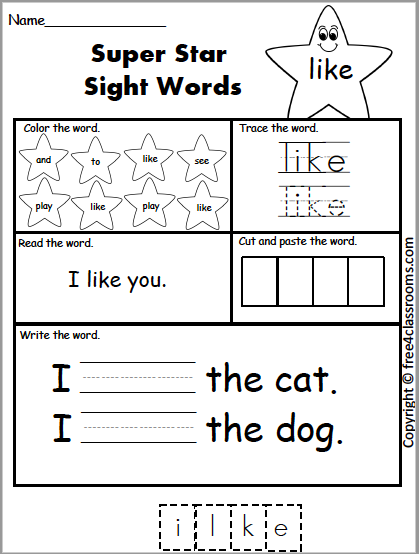
- I am Pif and I can count. Ask me how many tails I have and I will answer.
- Pif, how many tails do you have?
- I have one tail. Now ask about the nose. (referring to the child).
- Pif, how many noses do you have?
- I have one nose. Now ask about the ears (about the eyebrows, eyes, mouth, cheeks, paws, etc.)
Pif does not answer the question until the child forms the correct form.
Purpose: to learn to form the names of musical specialties from the names of musical instruments
Game exercise "Musician Bear"
A teddy bear came to visit the children and brought musical instruments. And invites children to play.
- This is…. (piano, this is (balalaika, but this (drum).
- And what is the name of the musician who plays the piano (pianist, on the drum. Etc.
- A drummer needs a drum, a pianist needs a piano. And for whom is the balalaika? Who plays the balalaika? (Balalaika player). How about harmonica? On an accordion? On the button accordion (horn - bugler, guitar - guitarist, viola - cellist)
Purpose: to learn to correlate the names of actions and the names of sports specialties
The game "Kiosk of Postcards" is played in the same way
The postcards depict the actions of athletes.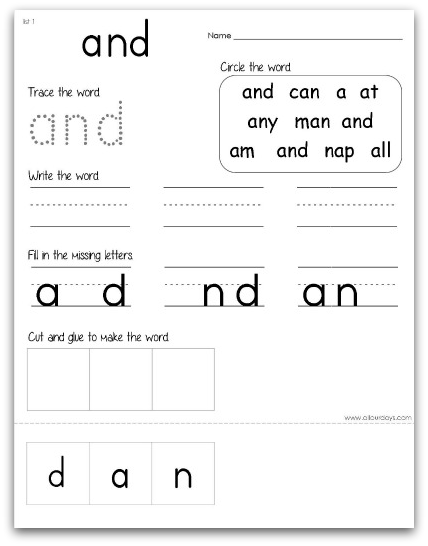 Children name who is depicted on it and what he does. Football players play football, runners run, swimmers swim, wrestlers fight, etc.)
Children name who is depicted on it and what he does. Football players play football, runners run, swimmers swim, wrestlers fight, etc.)
Purpose: to learn to form diminutive - affectionate names, correlate actions and a derivative verb
Folk game "Kuzovok"
Children sit. One of them puts a basket on the table and says to his neighbor: Here's a box for you, Put something in it - ok, If you say anything - you will return the deposit.
Children take turns calling words that rhyme with -ok.
- I will put a ball (lock, scarf, boot, shoe, stocking, collar, sugar, bag, cap, bun, scallop, box, etc.) in a box. At the end of the game, pledges are played.
- Whose pledge will be taken out (from the basket, what to do? Children appoint a ransom: run, jump, laugh, dance, sing, etc. A machine that cleans potatoes is a potato peeler, a machine that plants potatoes is a potato planter (coffee maker, coffee grinder, meat grinder, vegetable peeler, juicer, clay mixer, polisher, vacuum cleaner).